Bongeziwe Mabandla in candid conversation on his latest offering ‘AmaXesha’
Time is a canvas awaiting the different shades of memories that we paint as the days of our lives. Some of the brush strokes make coins that carry love and pain in a twisting set of events; one side of the coin wills the fate of everlasting fairytale love, and the other side presents an unyielding facade of the fairytale only for a waning relationship to exist behind closed curtains. Unveiling the daunting challenge of walking away from a love that has run its course, Bongeziwe Mabandla used the pandemic as a time of reflection and release, confronting the grief of lost love with his latest album, ‘AmaXesha’.
Across the shores in Berlin, Bongeziwe took to prolific music platform COLORS to paint the dreadful question posed to his intended “Sisahlaleleni?” Why are we here if we are no longer happy? Speaking on the story that inspired this song, Bongeziwe states: “Sisahlaleleni” was written after I conversed about a yogi that had attended a life-changing yoga lesson. Before they started the lesson, the teacher said, “Hey, if you feel like this class is too heavy for you, there’s the door”. Needless to say, the yogi in question endured having her leg on her neck despite it making it hard for her to breathe; as she finished the class, she asked herself: “Why did I put myself through this when there was just the door?” My narrator for the day related this to life highlighting how as human beings we sometimes oblige to be in situations even when they no longer serve us and we just never think, “Wow, there’s the door I could just get out of this”. I have been in situations like that, where my heart is no longer, but disappointing somebody and getting out feels like the worst thing. I had to learn that sometimes, it’s important to take the door.”
The successor to his critically acclaimed album imini, AmaXesha explores the complex nature of relationships on the backdrop of a rich palette of Afro-folk, electronic music, contemporary soul, and soft teenage rock. Thematically Bongeziwe wrestles with power dynamics, unrequited feelings, closure, comfort, and the daunting process of letting go. Capturing the essence of there is a time to plead, a time to grieve, and a time to fall into obscurity, we caught up with him to chat about his recent COLORS performance, the creative process behind AmaXesha, the 30 000 hours of success, and more.
Watch “Sisahlaleleni (Colors Performance) Here:
CEC: Congratulations on your COLORS Performance. It was breathtaking! Please take us through the show preparation process and what it was like to finally perform behind the acclaimed COLORS?
Bongeziwe: “I’ve wanted to do Colors for a while, and we had a plan for my previous album, imini, with Platoon, my artist services. As we started making plans for AmaXesha, the Colors conversation came back to the fold, and Platoon wanted us to approach them ahead of the new album. Time went by, and I kinda forgot about it, but lo and behold, Colors reached out to check availability for certain days; I didn’t want to be too excited quite yet, and then like, maybe two weeks later, we heard that they had confirmed and I was over the moon because this is literally one of my biggest dreams was to do the show.
When we got on a call with the team, and they chose a light blue of sorts, it hit me that this was a reality. We flew to chilly cold Berlin, booked into the hotel, and immediately started rehearsals. The next day we actually showed up at the wrong place because my international sim wasn’t working, and I needed internet access to travel to the right place. Fortunately, the people from where I ended up kindly directed us to the colours studio.
I got there and met the small team of about six-seven people, and they were the nicest people you could meet; they were strict (we weren’t allowed to film the behind-the-scenes process) but extremely helpful. Things went a little left. I spilled tea on my top, and we had to wait for it to dry. My pants actually tore the button, and they helped me stitch it together. It was a wonderful, fast, humbling three hours in a relaxed environment. I couldn’t believe that, like, you know, you can actualize your dreams in like manner of hours”.
Would you say these moments also made you come to terms with the 10,000 hours that are behind what many people feel is an overnight success?
Bongeziwe: “Definitely, I did 30,000 hours! I’ve always seen my career and the stories that I share about it from that lens because there are several moments where I’ll put in the hours, make foolproof plans for the album and by the end of the year, nothing happens. Then you are met with these surprises where, in the following year, someone will approach you and say: ‘Hey, I actually saw you last year. And I knew, like, I have to book you.’ You never know what all the hard work will do for you; you never know who’s watching and how close you are to the hard work Paying off”.
The Colors performance extended this metaphor about how certain colours evoke emotions and moods; it also made me think about the rooms that facilitate creativity. In your case, which room enables your songwriting the best? Is it the studio or in the garage or bathroom at home?
Bongeziwe: “I enjoy writing at home. Many of my albums are home albums, and while it happens during flights, while walking and sometimes mumbling while driving, I am a home writer. At the same time, I won’t undermine the importance of the studio because once the foundation has been laid and now we need to put in the hours to record, mix, and master the album, the studio has an invaluable place in my heart”.
Now, delving a little deeper into the album and its creative process, How was the creative process with your frequent collaborator Tiago Correia-Paulo especially during the COVID Climate? How did the digital structuring of creativity affect the intimacy of working with your producer?
Bongeziwe: “Usually, I would write the music, and when I feel I’m finished writing the song, I would come into the studio with him and just sort of just play the song for him acoustically. Then he would just start finding a tempo and give me room to lay my voice in our draft recordings. The COVID restrictions made things extremely difficult, and there was an emptiness in how I would actually record by myself, send it to Tiago in Mozambique, he would work on it, and send it back for feedback. It was a strange working environment”.
And from this strange environment came a rich palette of Afro folk, electronic music, contemporary soul, and soft teenage rock. How were you able to play into so many arenas of sound without differing from the theme, story arch and cohesiveness of the listening experience?
Bongeziwe: “The brief for this album, in the beginning, was to create something super abstract but also keep that songwriting soul music, folk storytelling part of it strong; I’d love to credit Tiago for putting that together. My focus is mainly on singing and playing guitar well. Our mood board for the music has always been to combine a palate of elements; it’s a classic signature of the sonic treatment that goes into each project. I’m confident that with this album, we reached a new height in terms of experimentation, going a stretch beyond combining elements that aren’t usually put together”.
The makings of another timeless classic to add to your rich catalogue. I also came to appreciate the creative direction into visuals such as “Ukuthanda Wena”, which at length extends a metaphor of keeping up appearances even when deep down the love you held dear to your heart has crumbled; in your opinion, what makes us want to keep those appearances even though in our naked states, the scars are unbearable?
Bongeziwe: “That is the grand question, isn’t it? Well, there are a lot of complexities in love and relationships. Especially if you are someone like me, who still struggles with many insecurities. There’s no one size fits all approach. “Ukuthanda Wena” and the album as a whole is the process of finding an answer to this very question; you never quite know what makes you choose to keep up those appearances instead of accepting what isn’t meant to be, it is only when it hurts too much to hold on, do we find the will to let go and rebuild”.
Watch “ukuthanda wena” Visualizer Here:
It’s letting go and starting over that brings the most discomfort. Would it be fair to say you do not favour the “find what you love and let it kill you” quote?
Bongeziwe: “Absolutely not; a significant part of me dies each time I think I’ve struck gold with love, and life wears us down to the point where we have to part ways. Take “Sisahlaleleni”; I address those exact questions: Why stay in a place that’s not good for you? Or not good for both of you? Throughout the album, I intend to show how heartbreaking it is to end love, and move on and how much pain it requires from you.
In a song like ‘Hamba’, you know, I literally say, ‘Uyayazi kunzima kanjani?’ speaking back to the draining task of accepting what isn’t working out and maybe to our earlier conversation about why it is easier somehow to maintain the facade of than to live in a lonely truth. There’s something that feels like death when you end a relationship, it’s uncomfortable, hard, complex, and I dread it. I don’t believe in finding something that you love and letting it kill you. I’m hoping to find something that I love that I can keep and let it make me live”.
Thank you for taking the time out to have this chat with me, brother; before we close, would you like to share some future plans? How do you plan to bring the magic of this album to the masses?
Bongeziwe: “Definitely, I am going on a global tour. As far as Europe is concerned, I have two sold-out shows in London, and of course, we have plans to tour South Africa as well, with tour dates to be announced soon”.
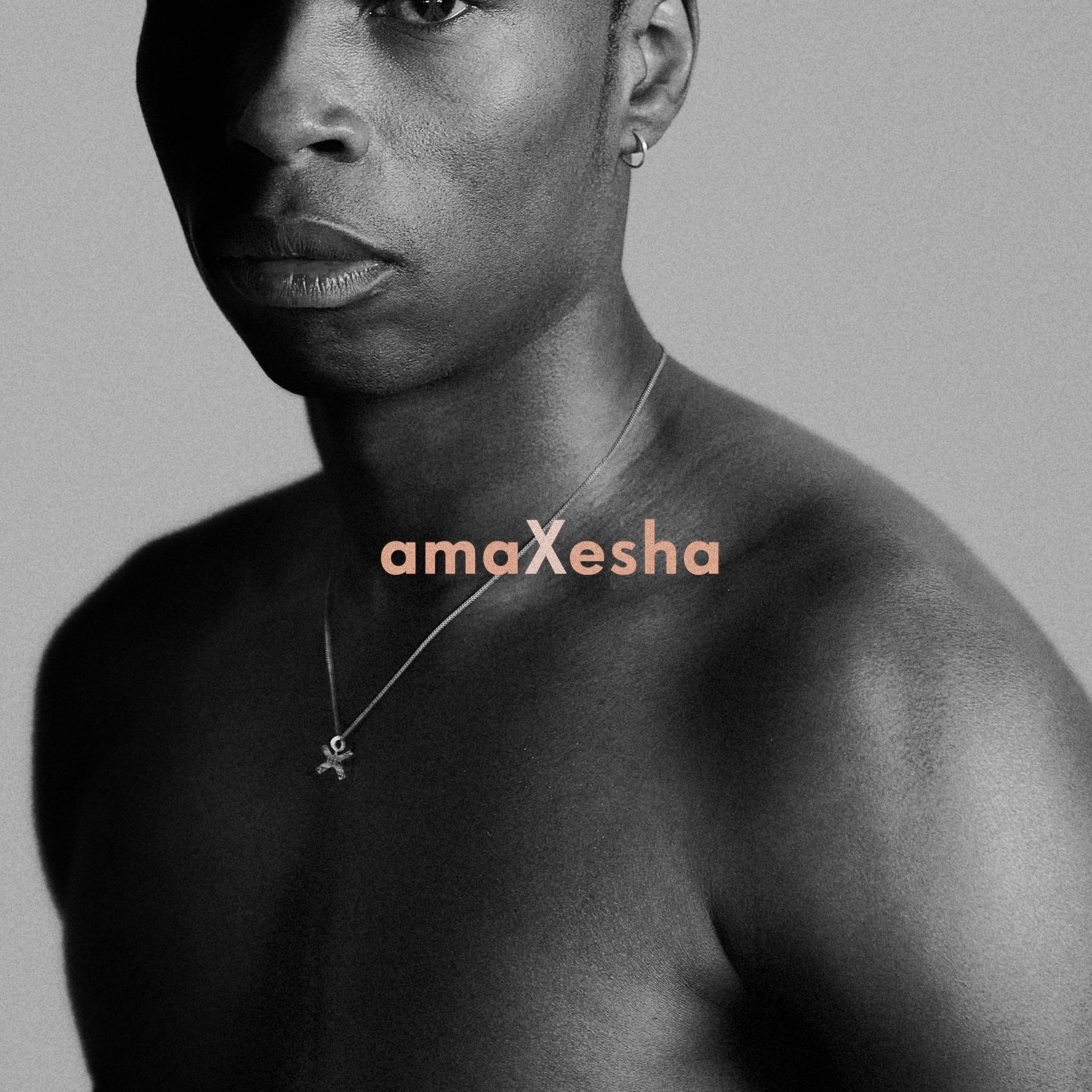
amaXesha
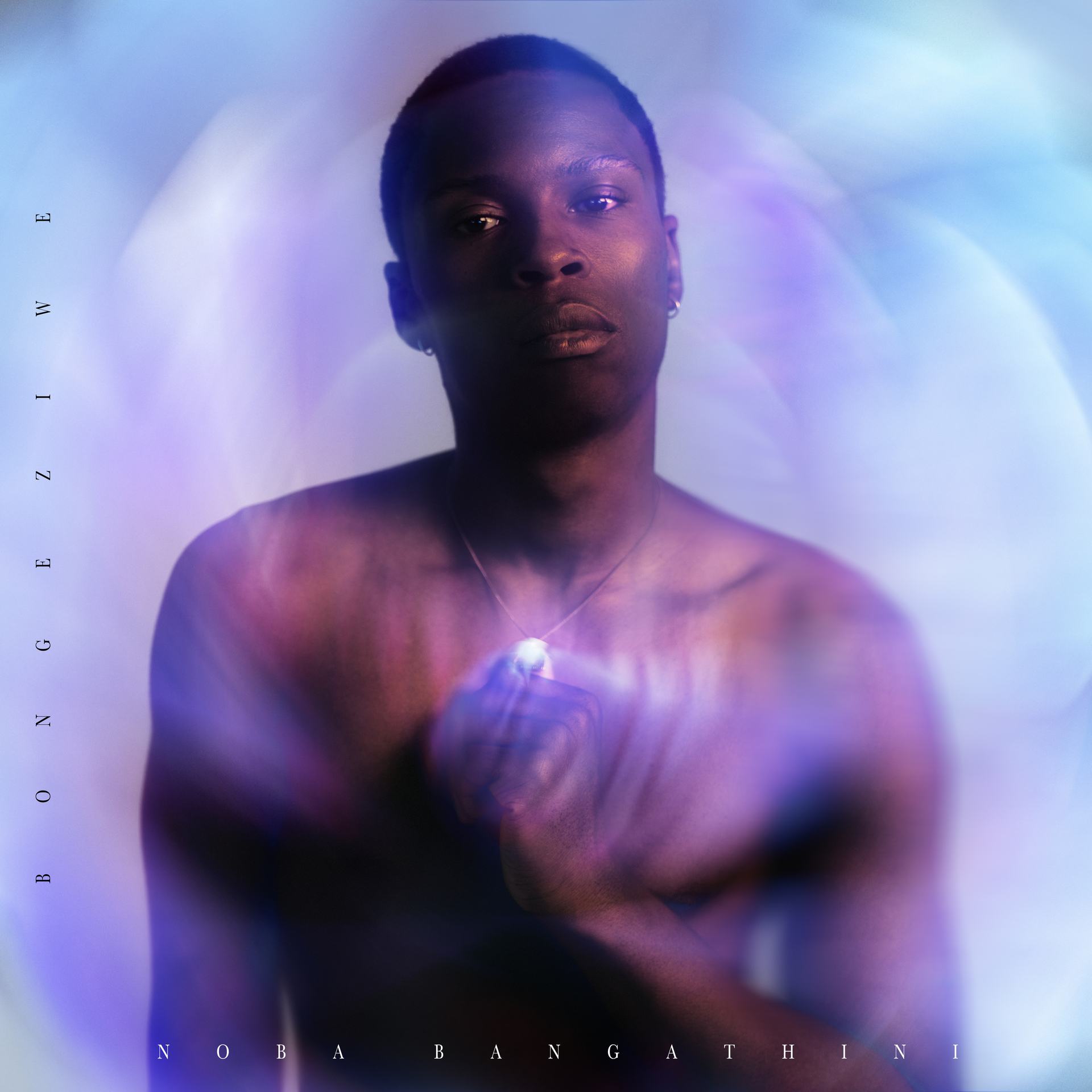
Noba Bangathini
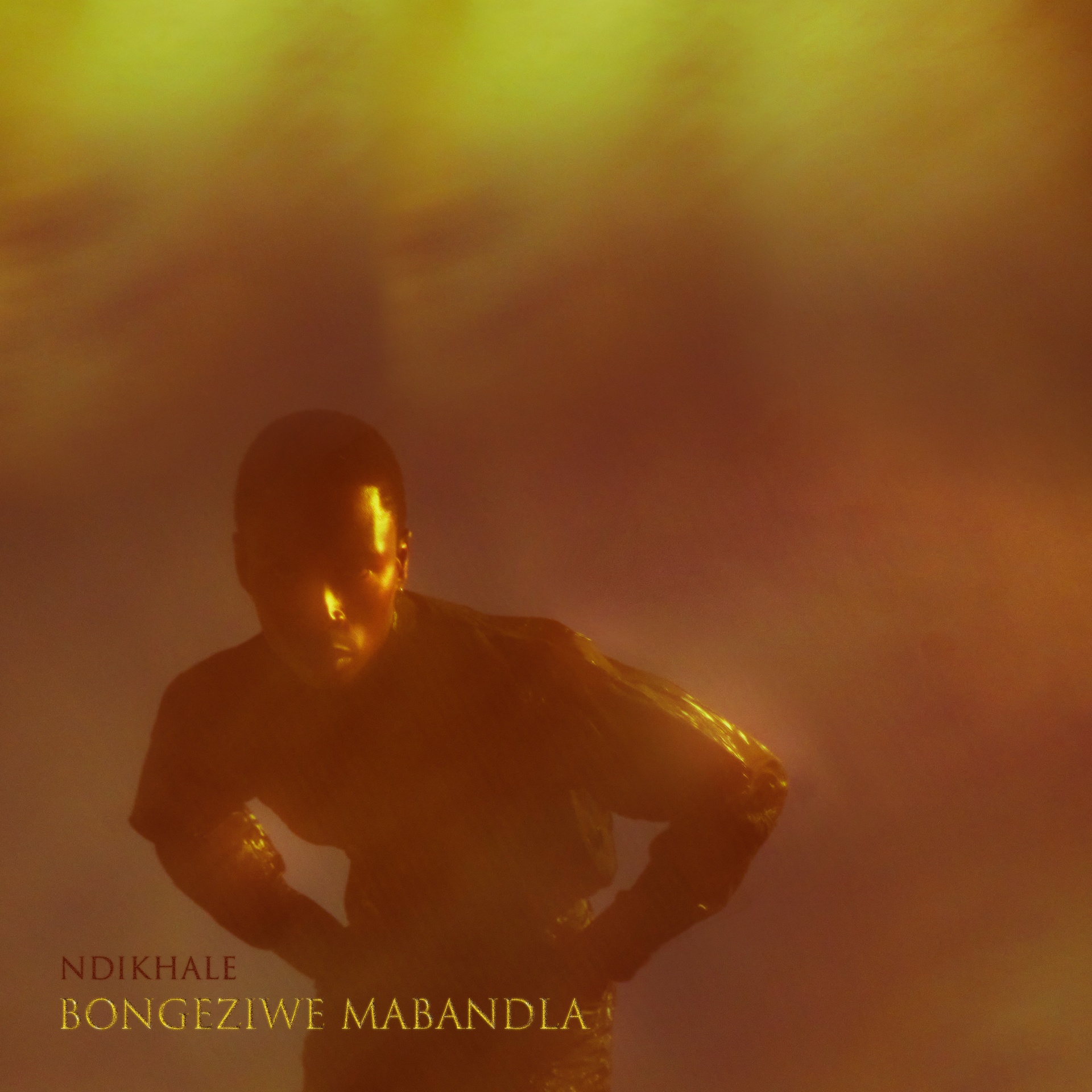
ndikhale
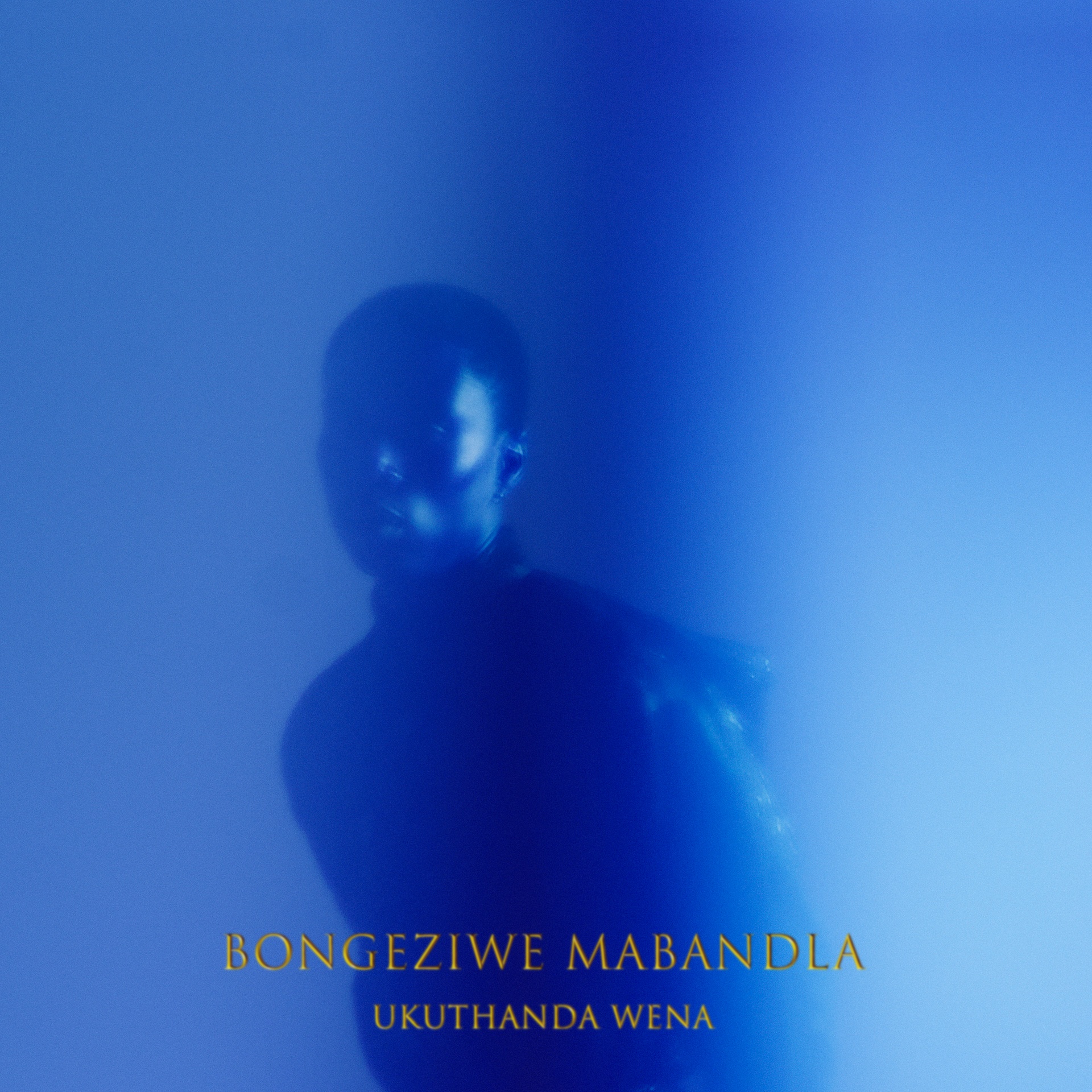
Ukuthanda Wena
Stream “AmaXesha” Here
Connect with Bongeziwe Mabandla:
Facebook: @BongeziweMabandlaOfficial
Twitter: @Bongeziwe
Instagram: @BongeziweMabandla
Images by @travysowen
Written by: King Cedric

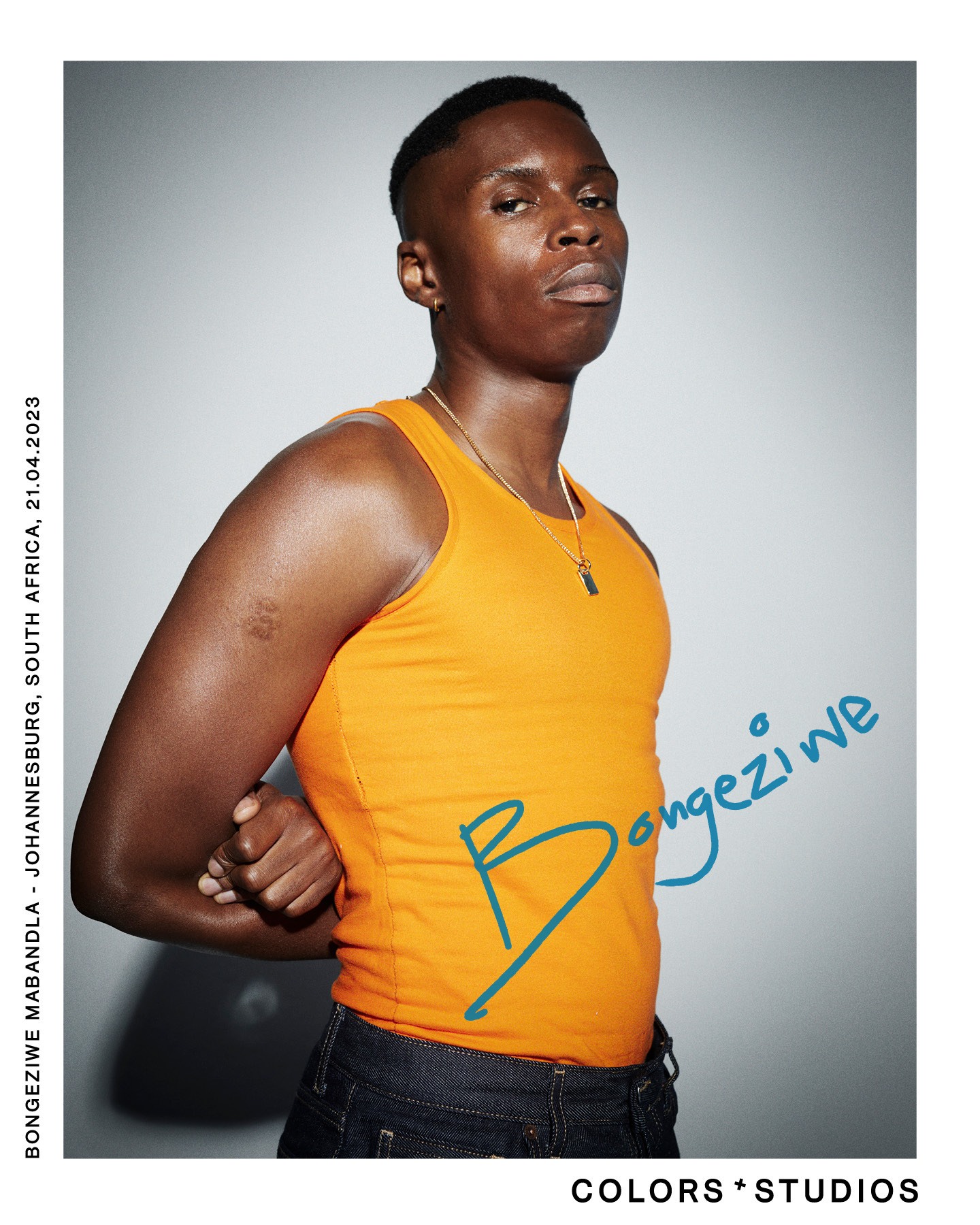

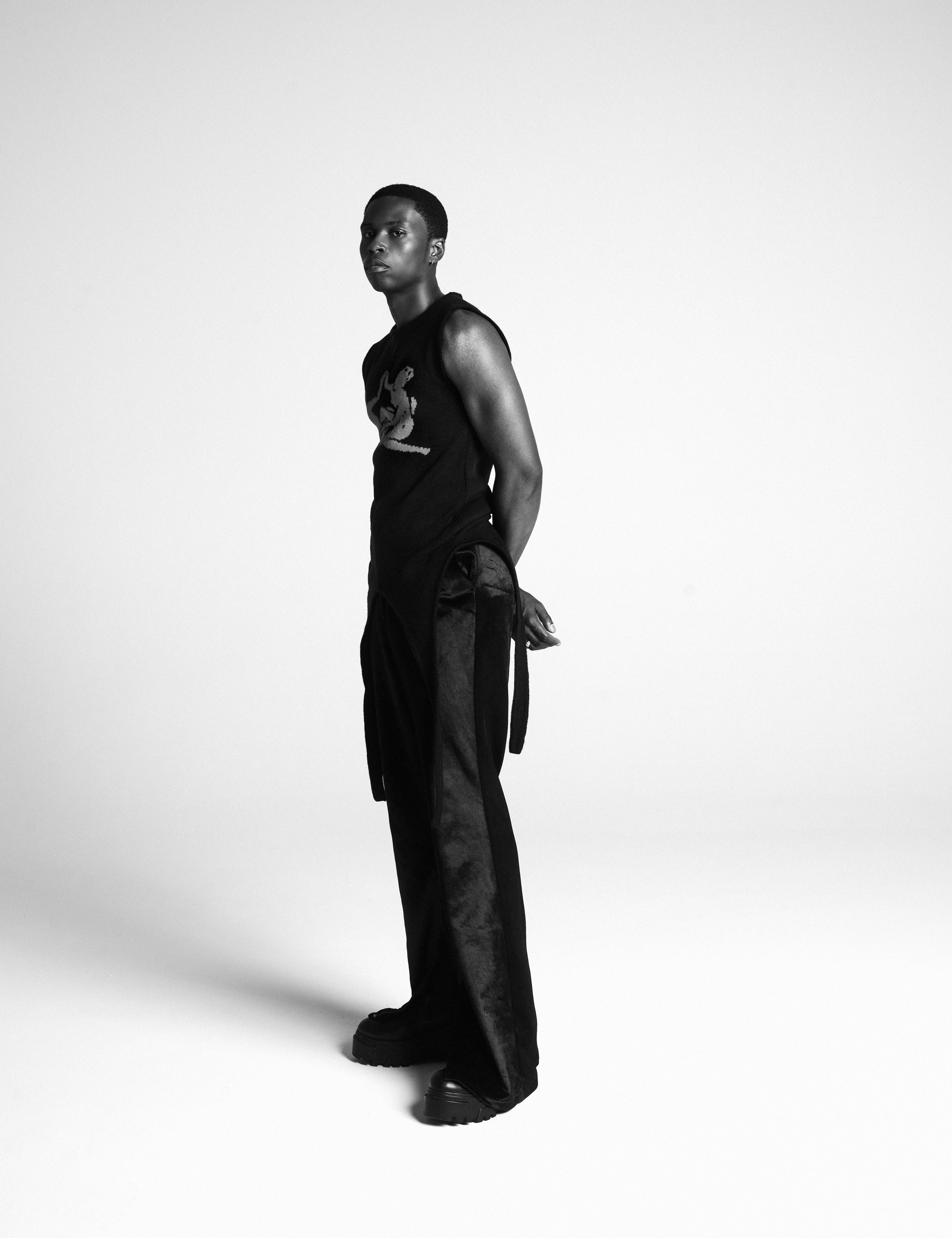
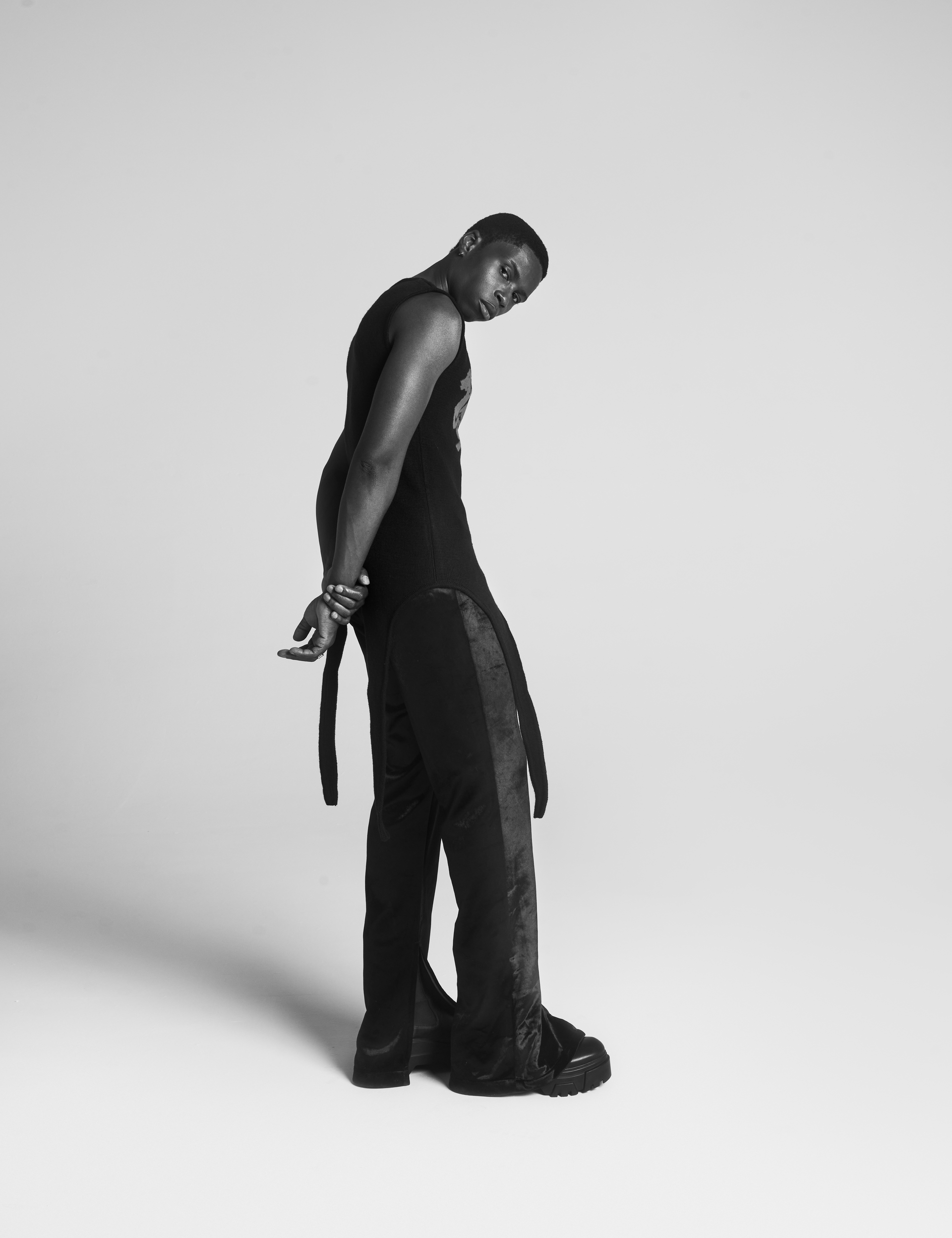


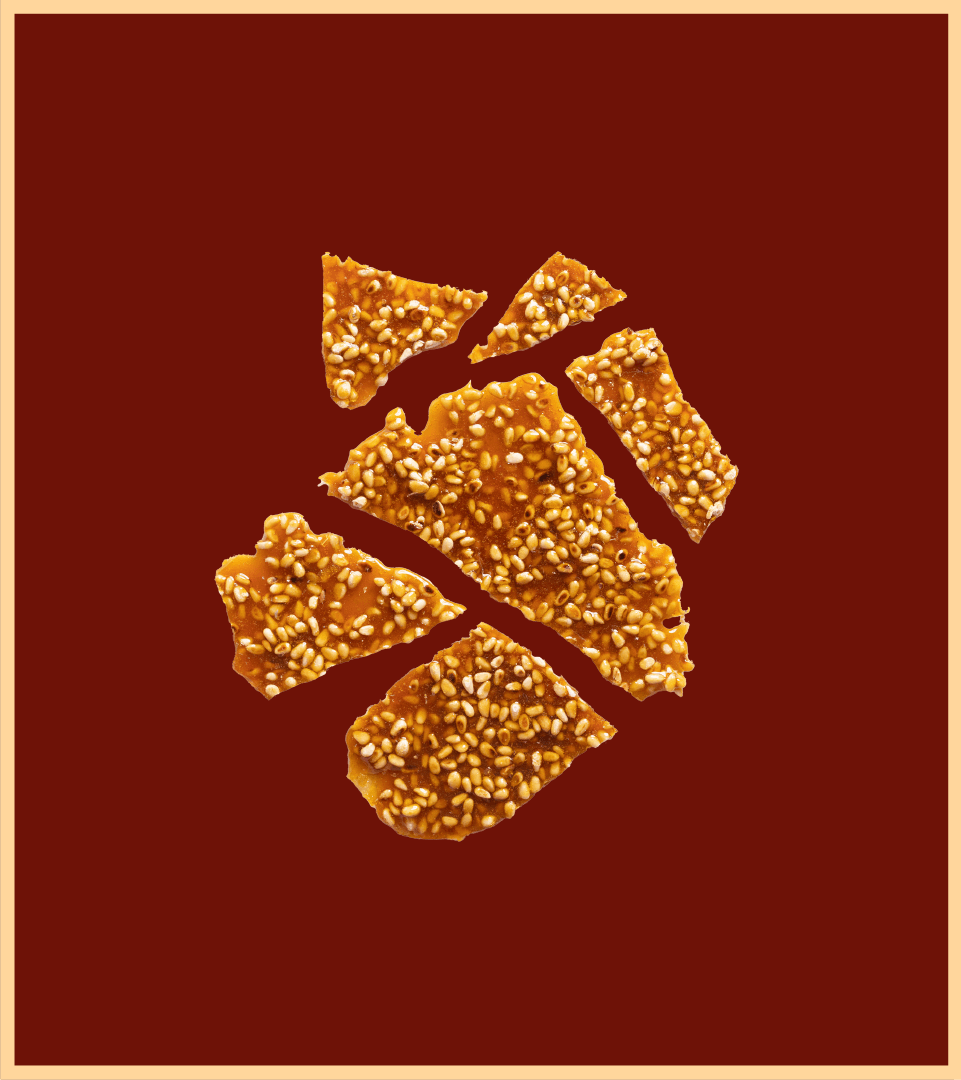

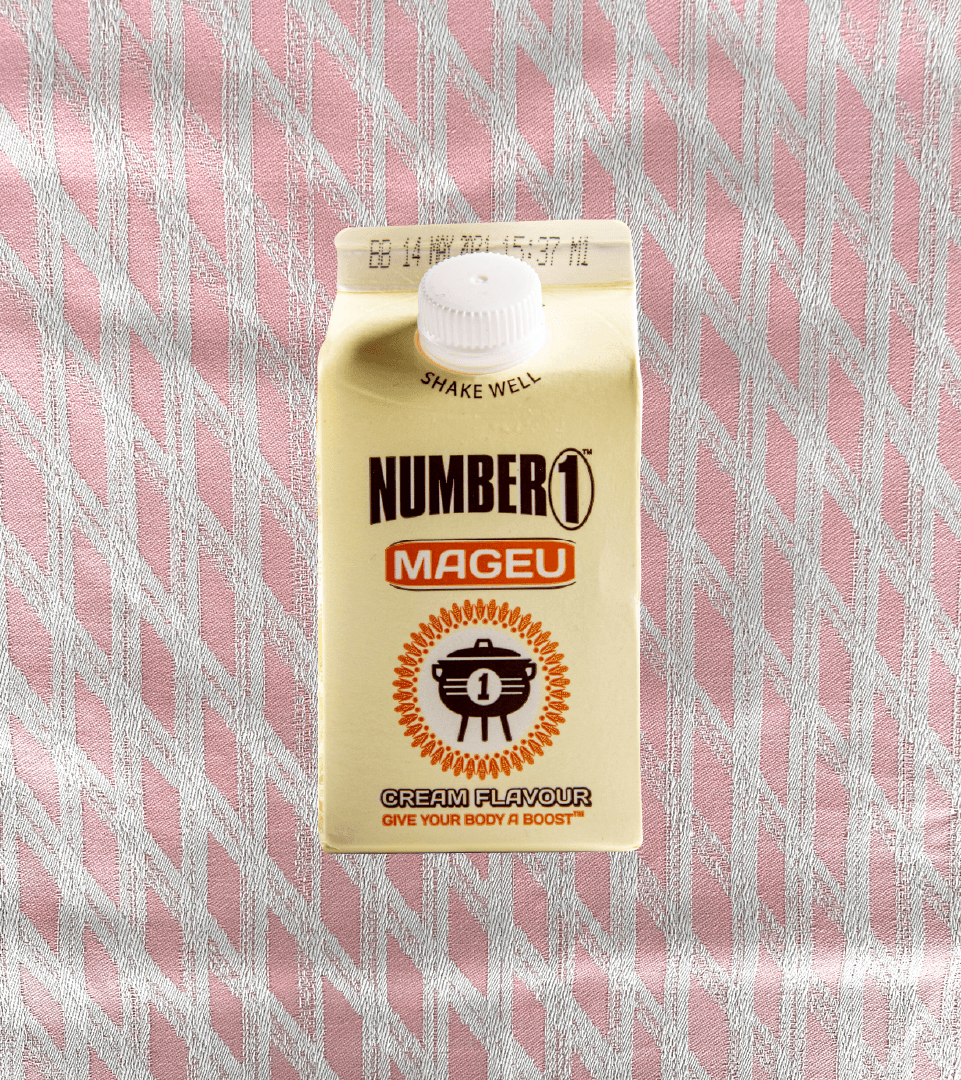
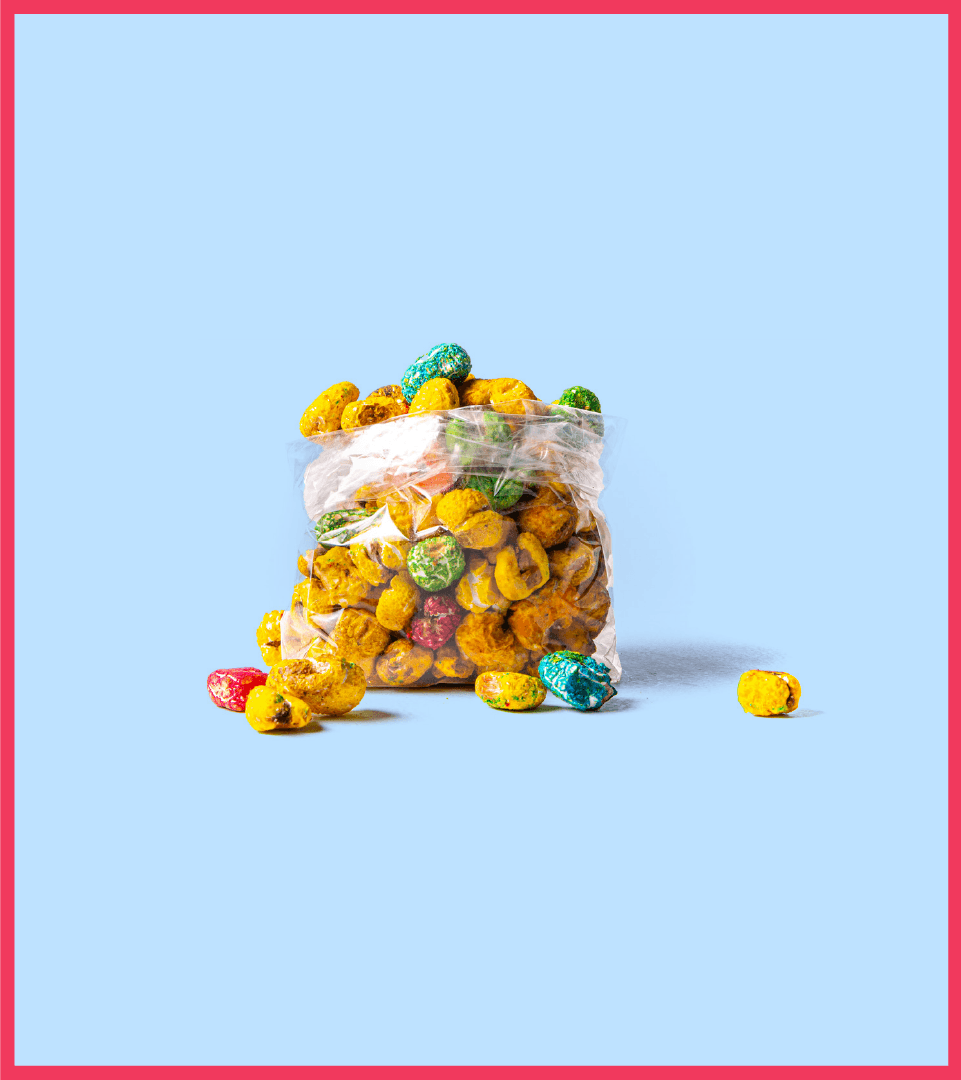
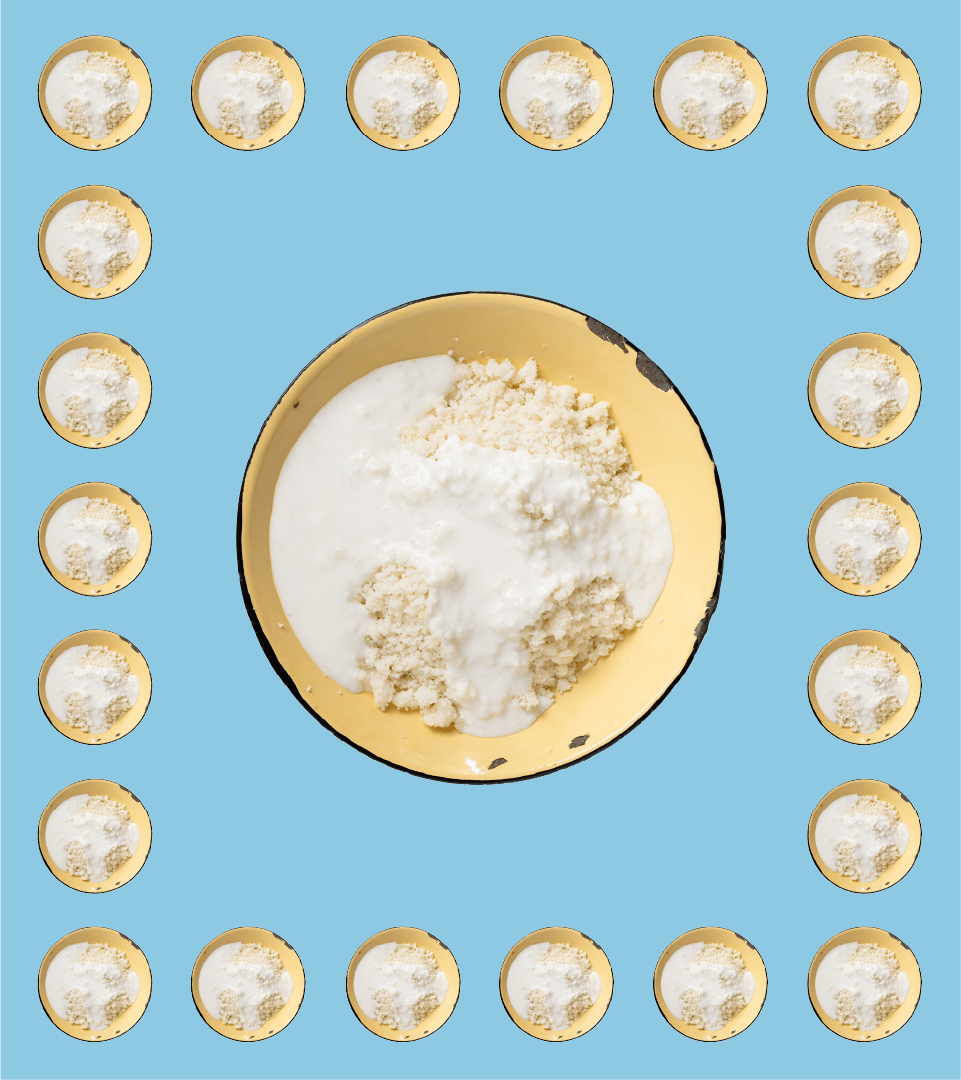


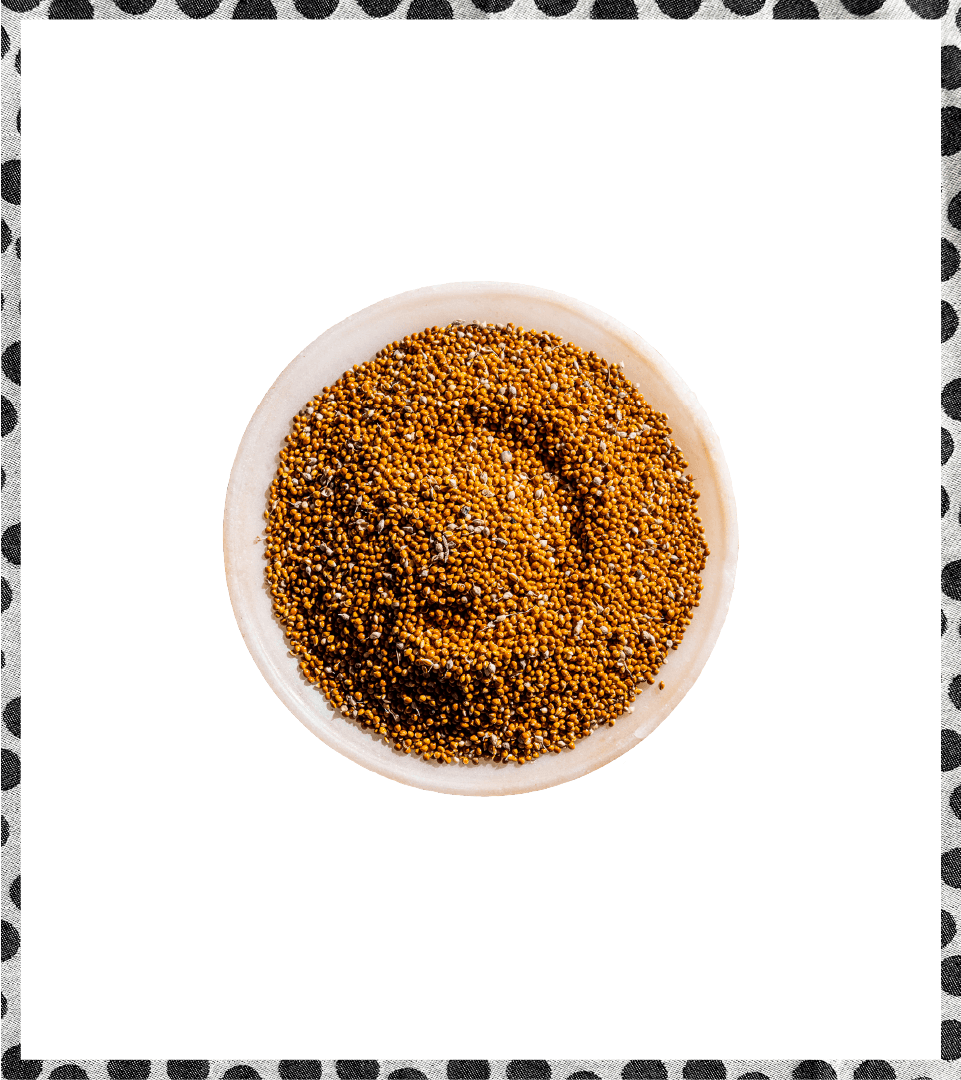
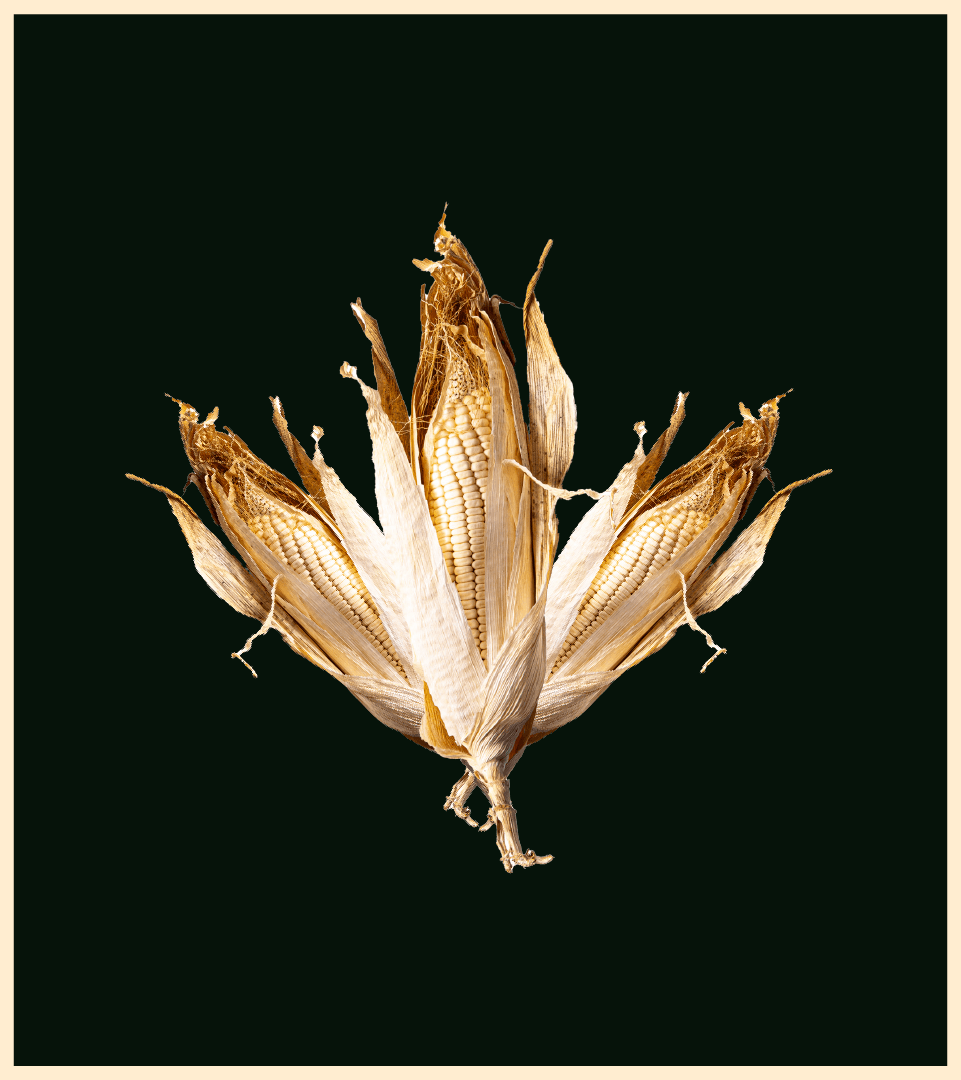

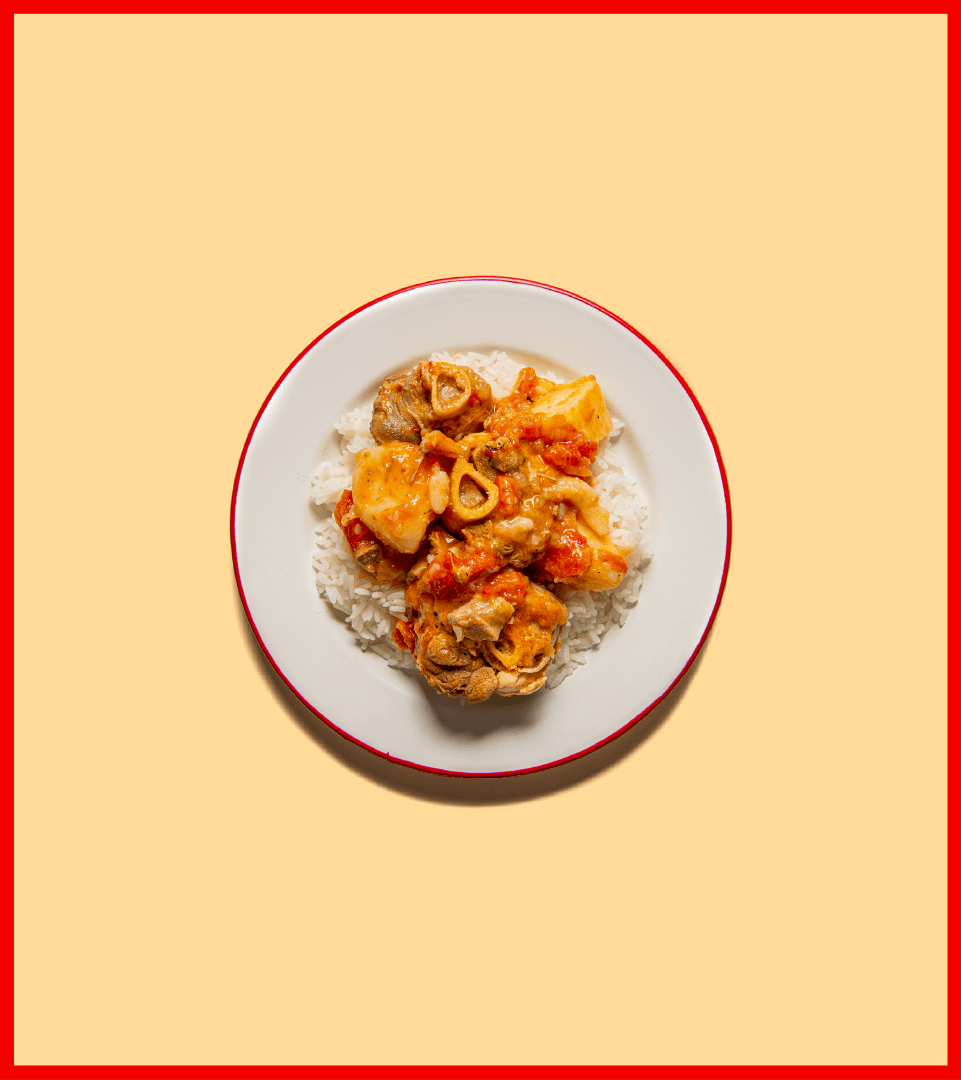
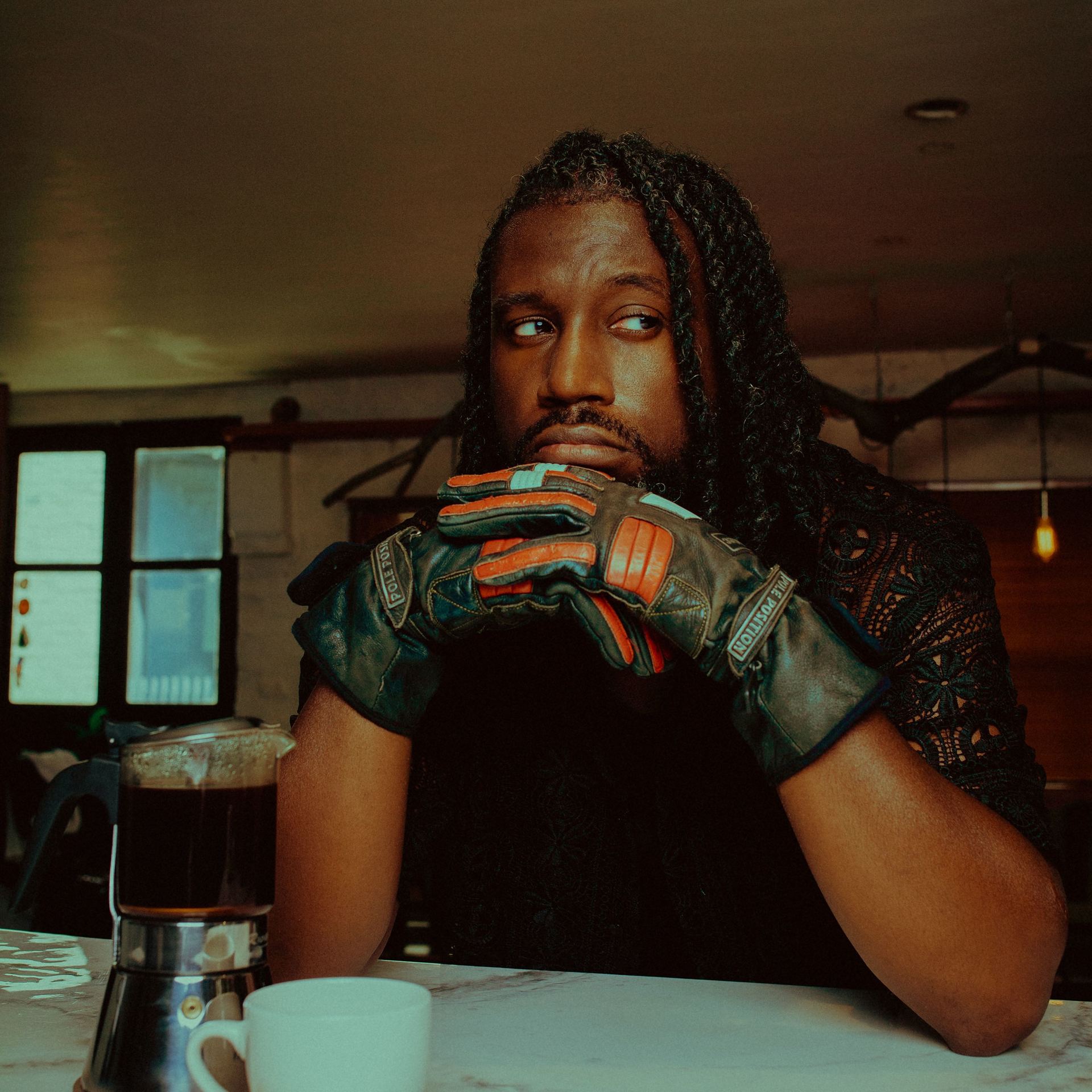
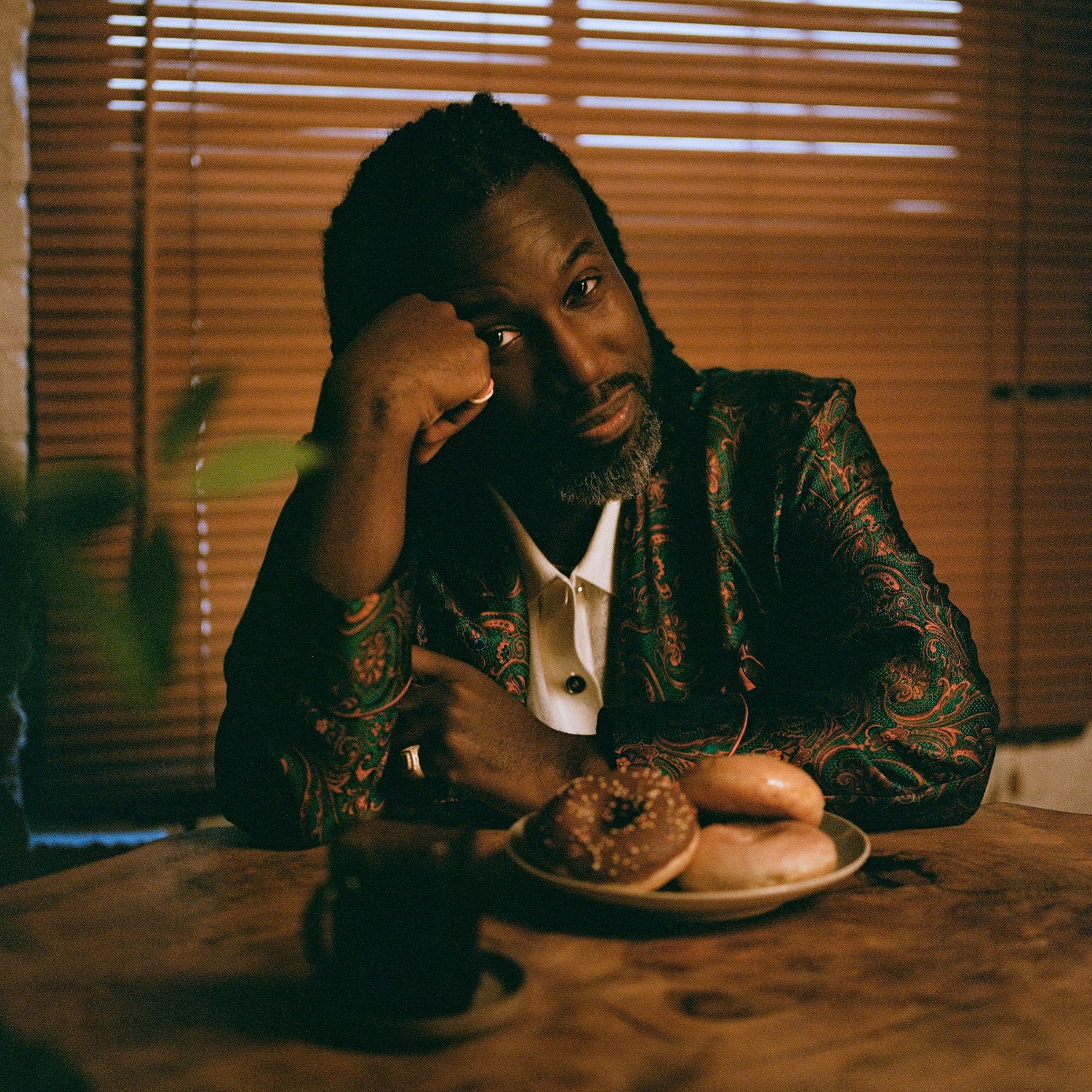




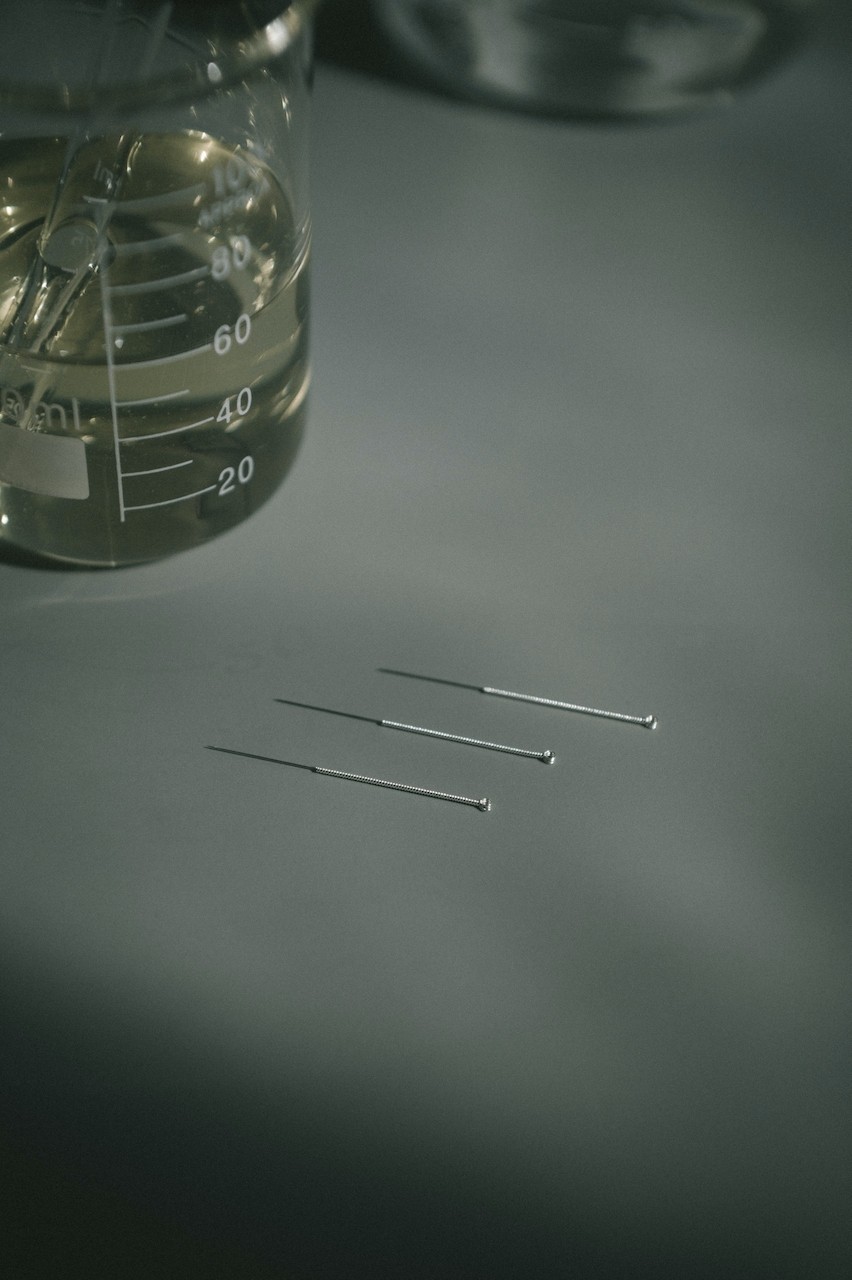

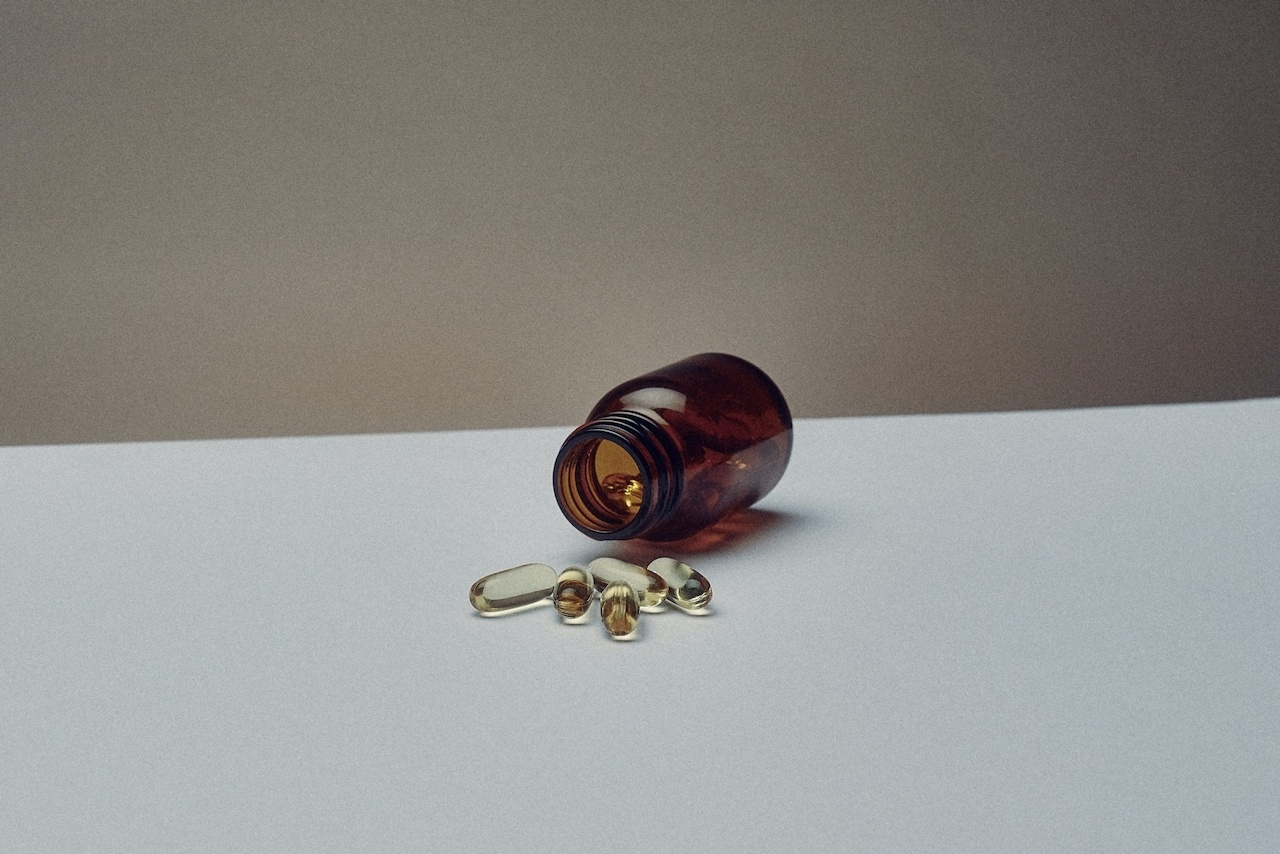
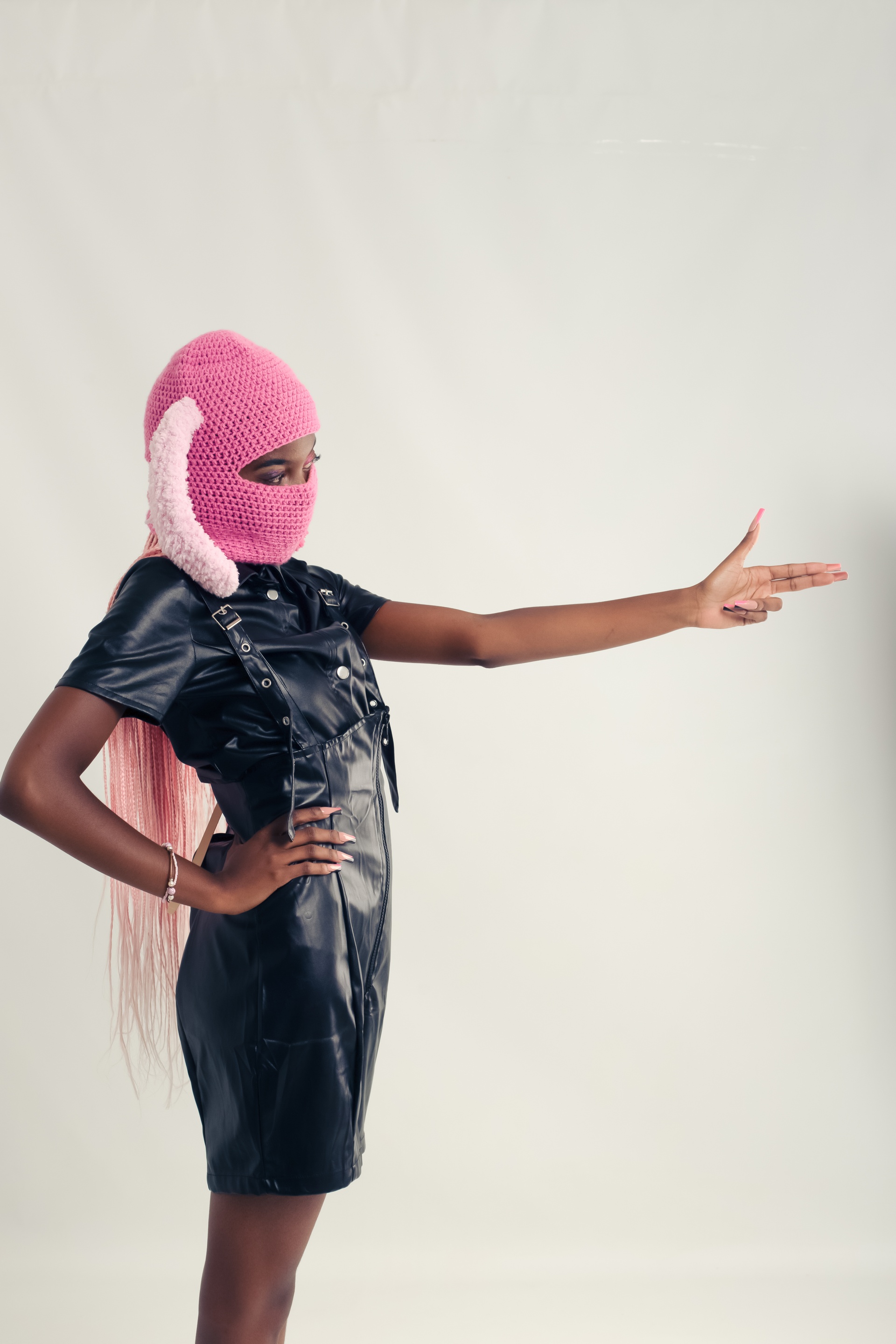


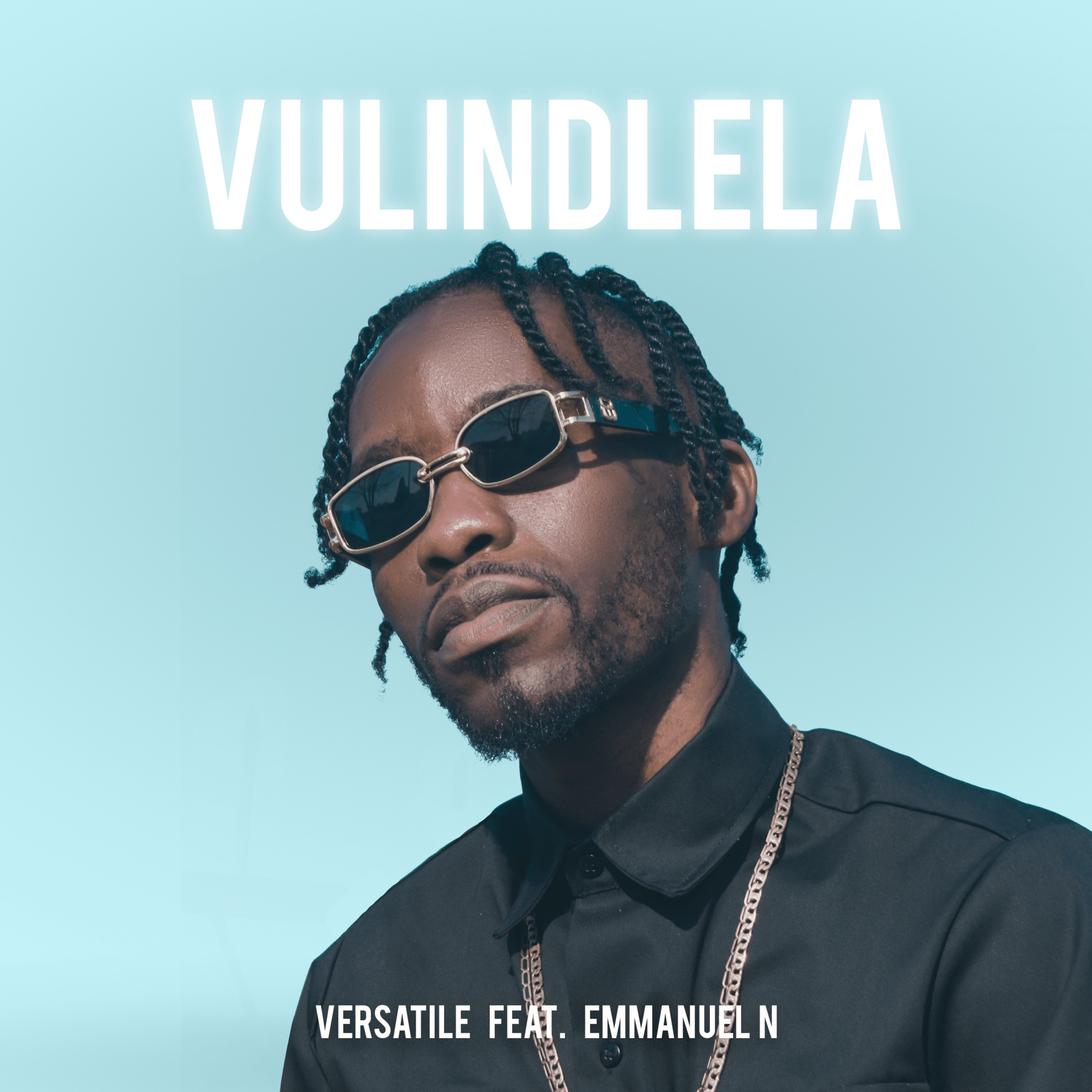
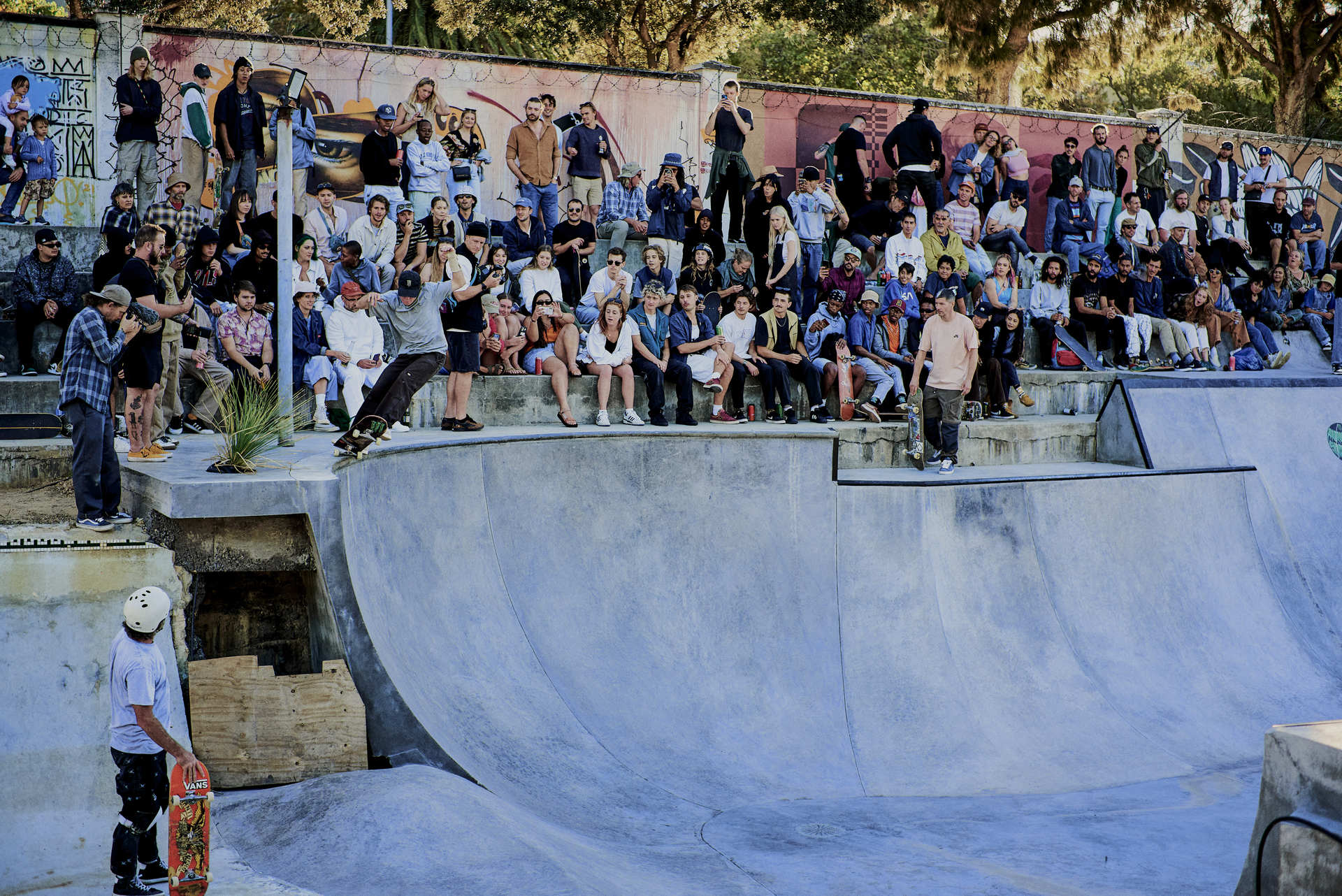
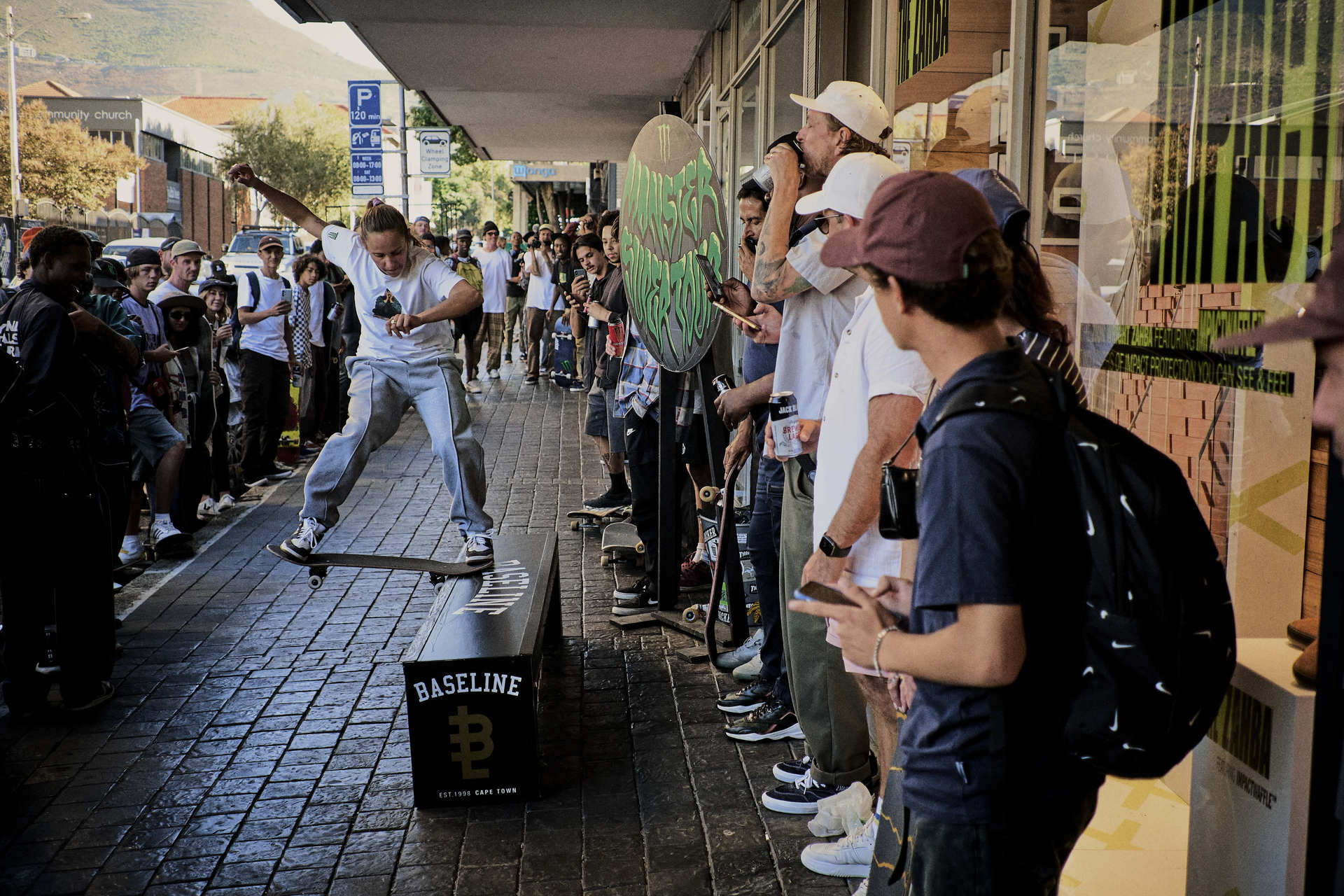
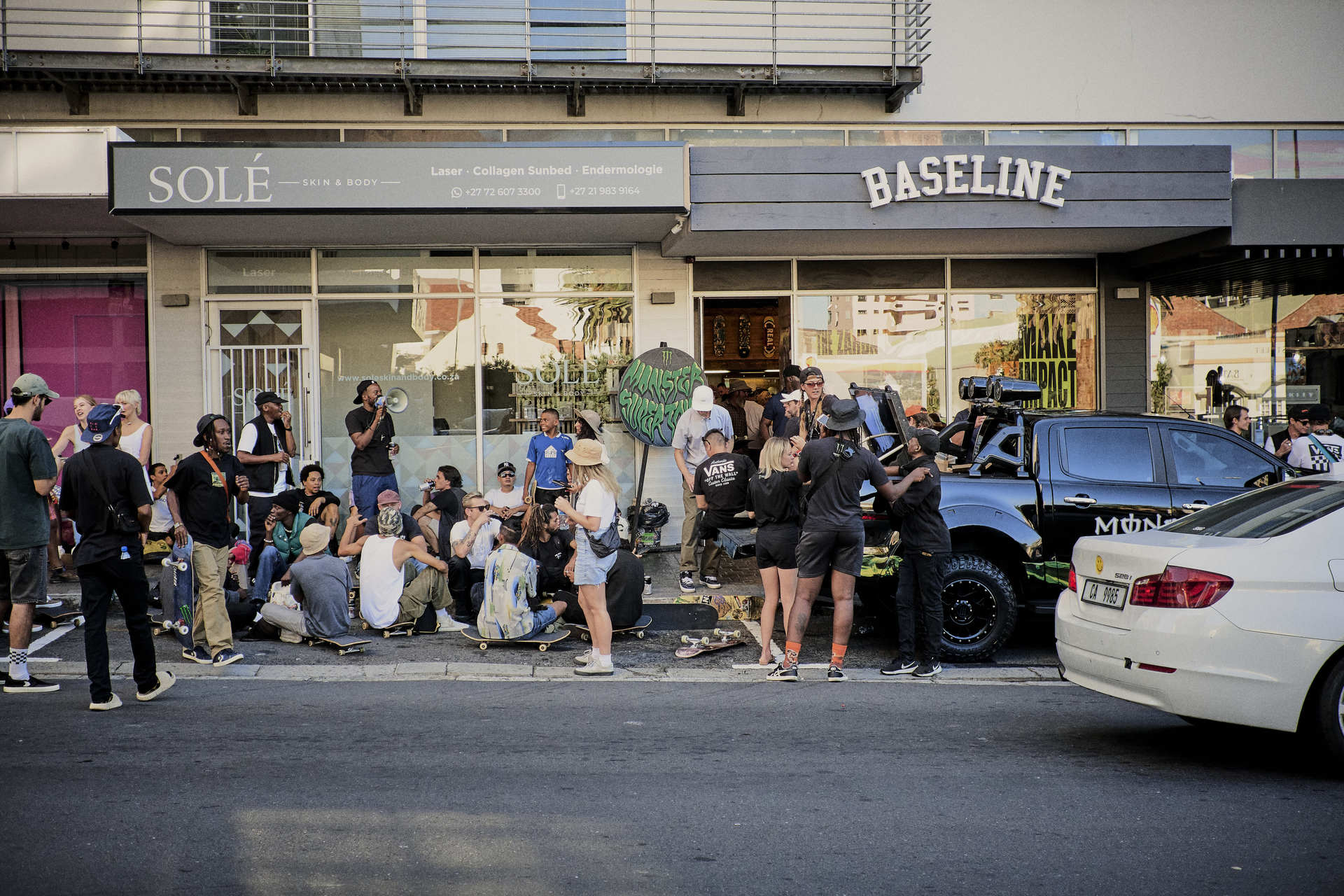
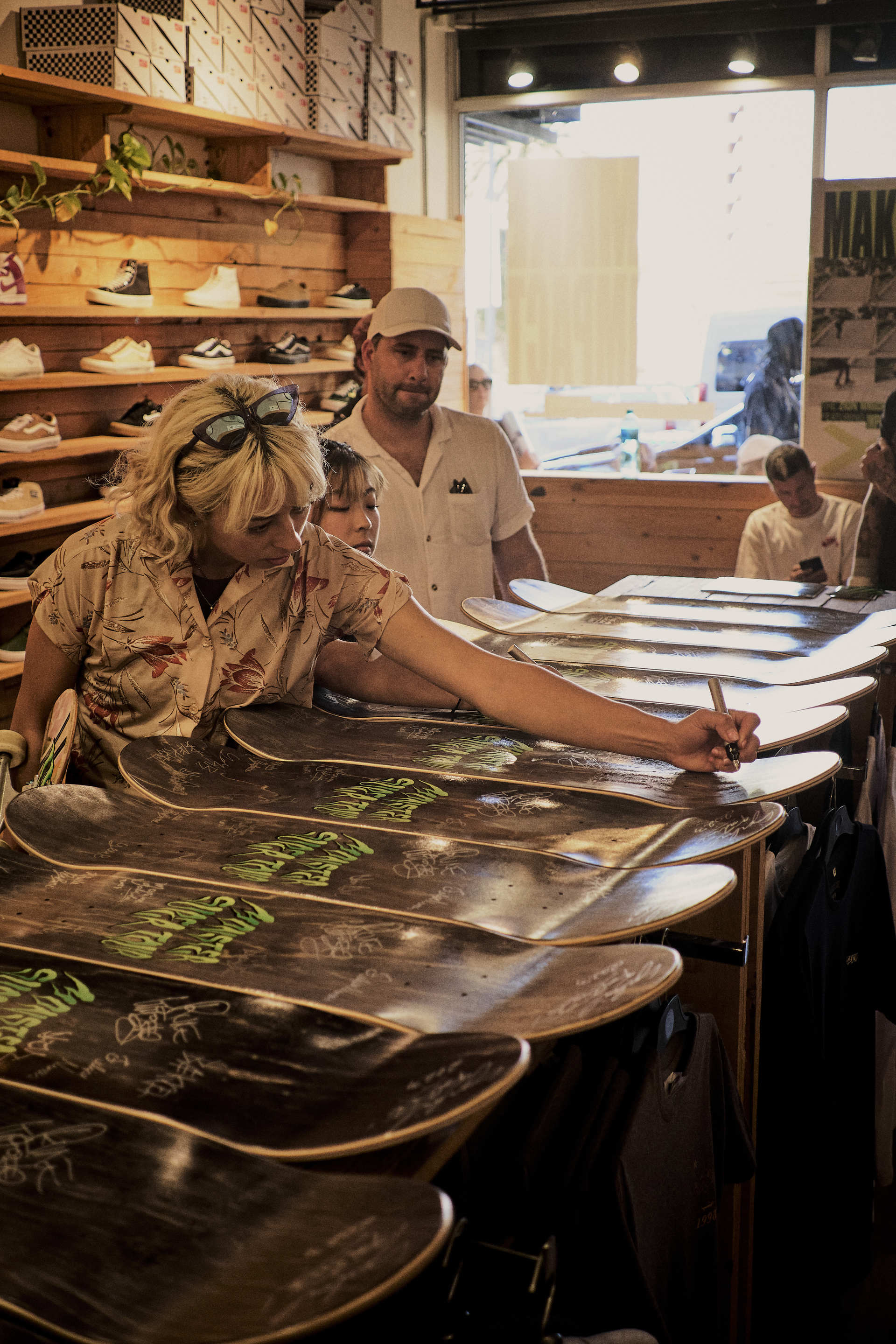
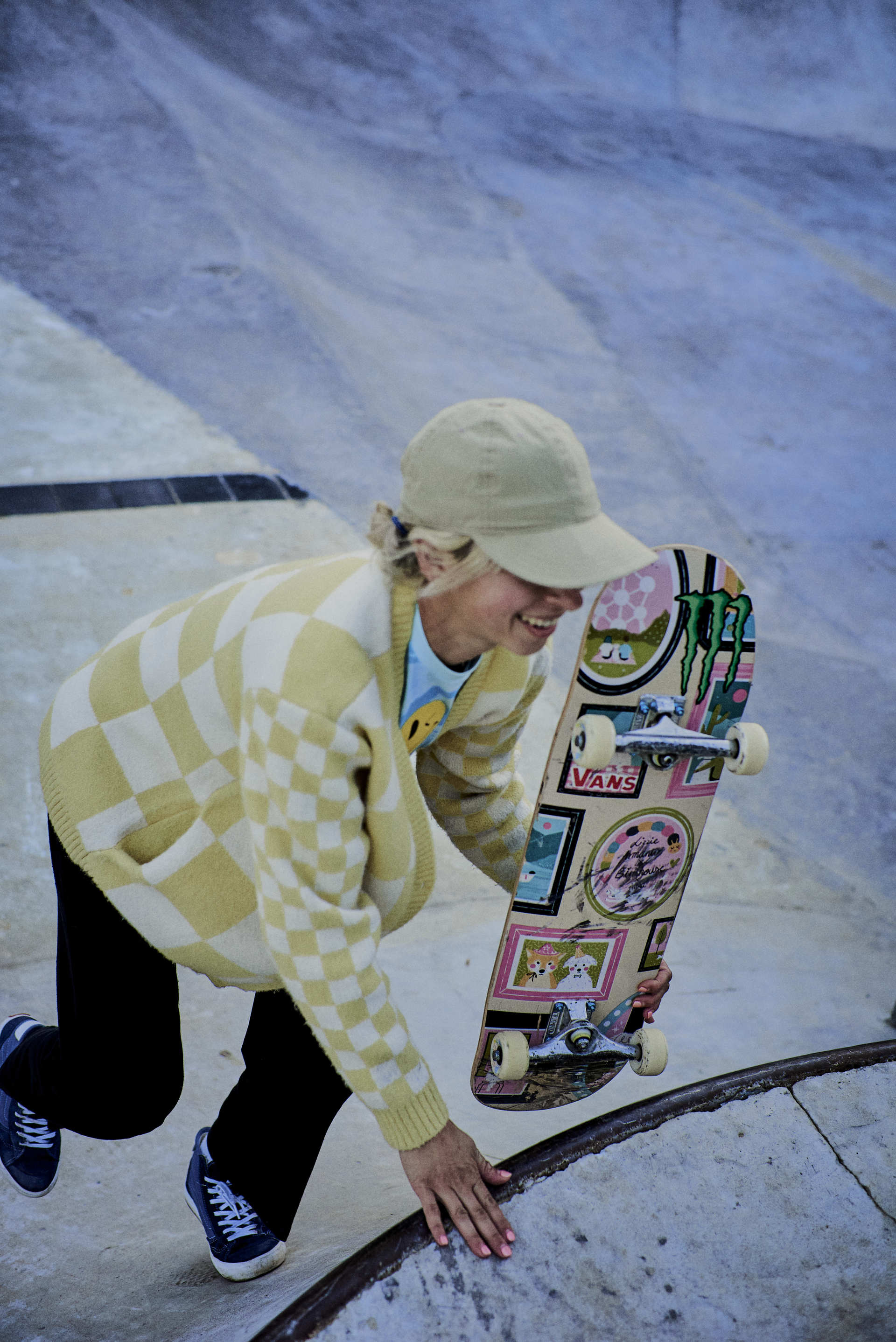
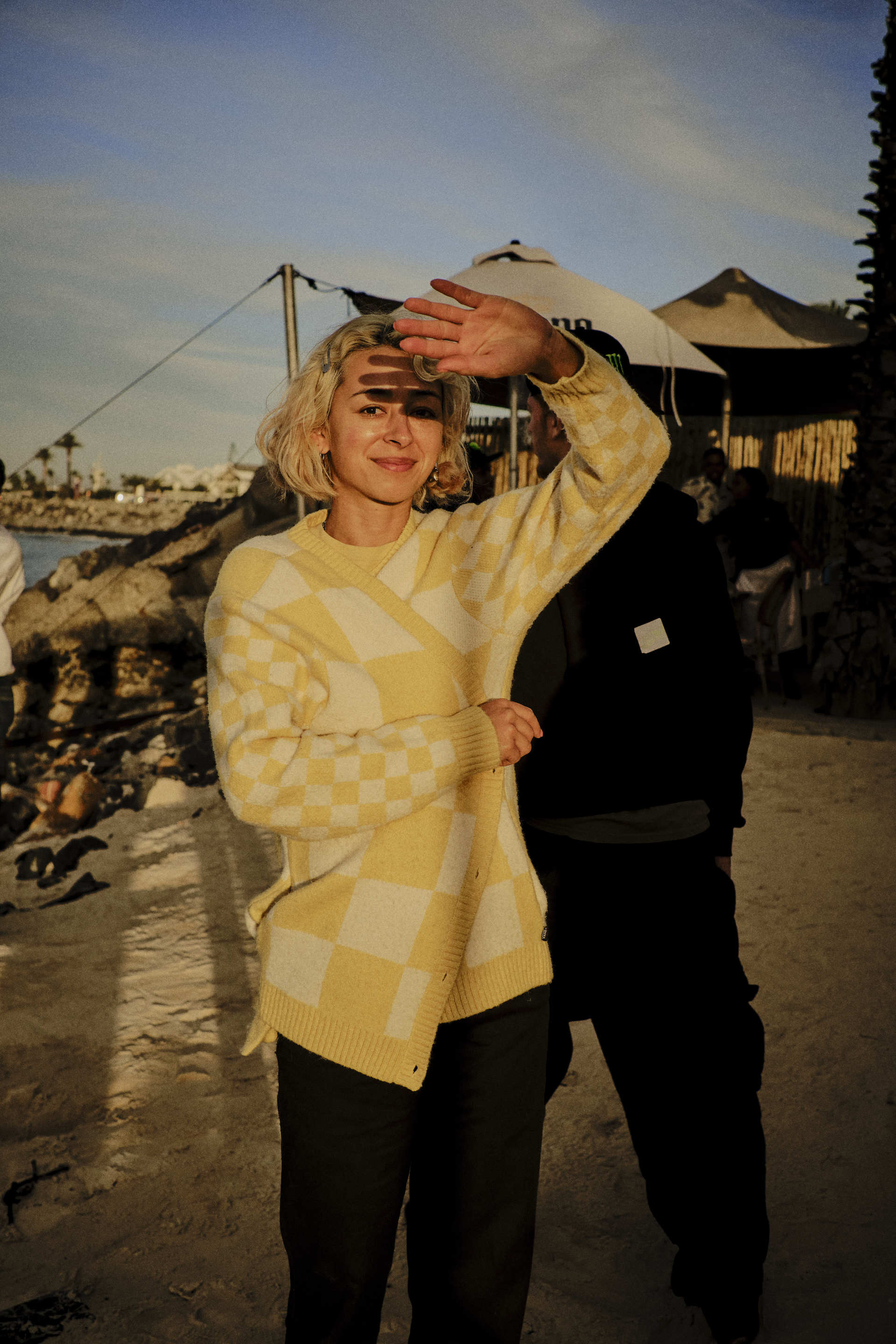

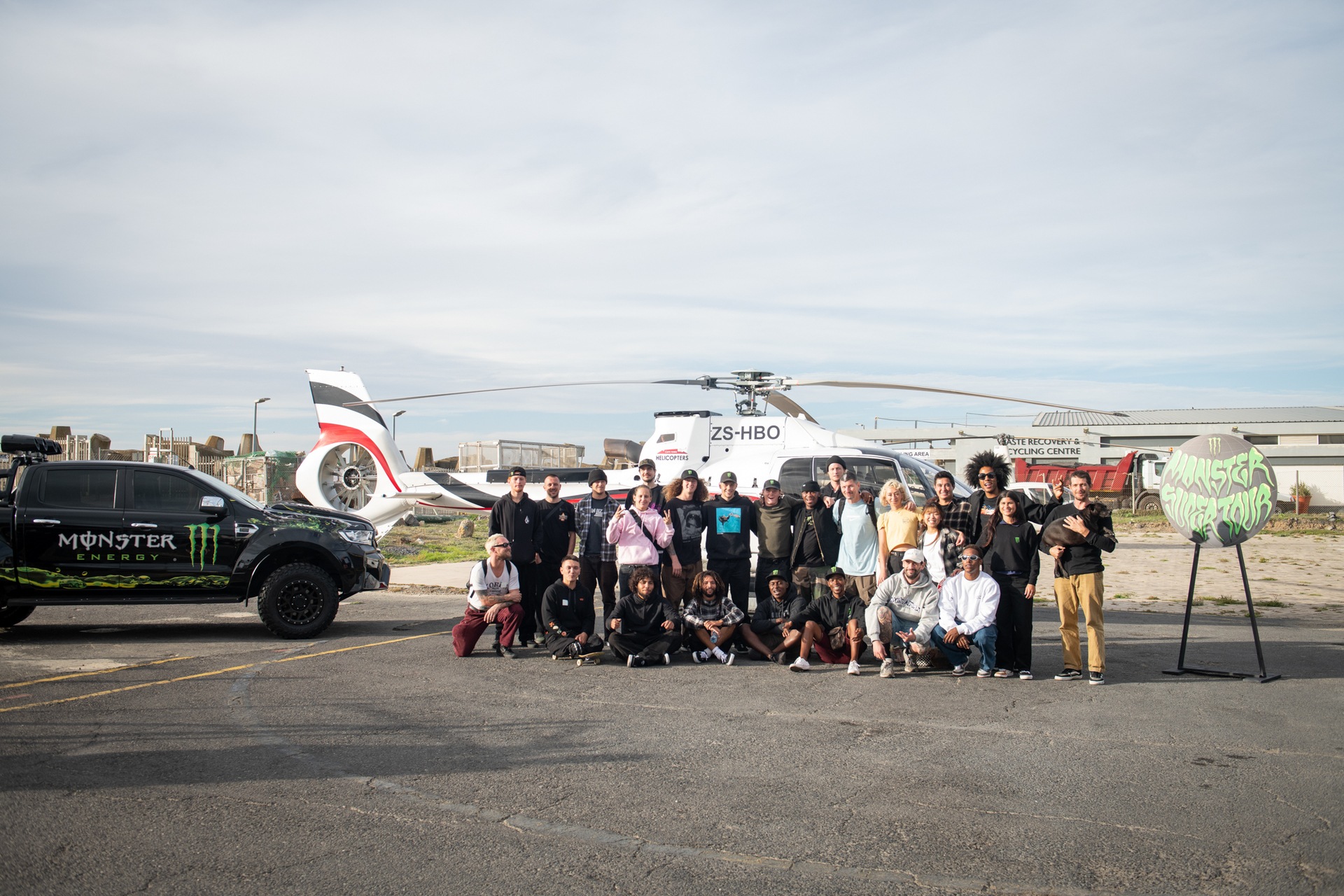
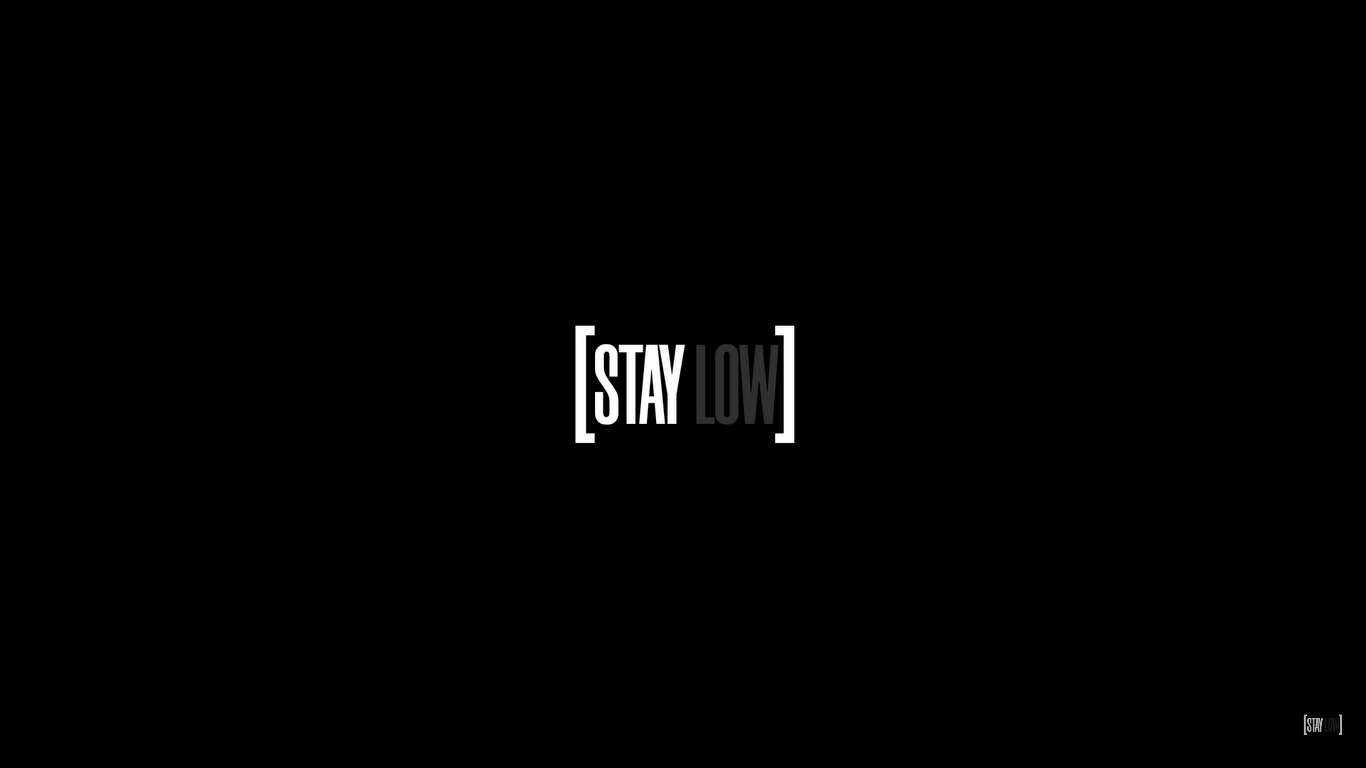
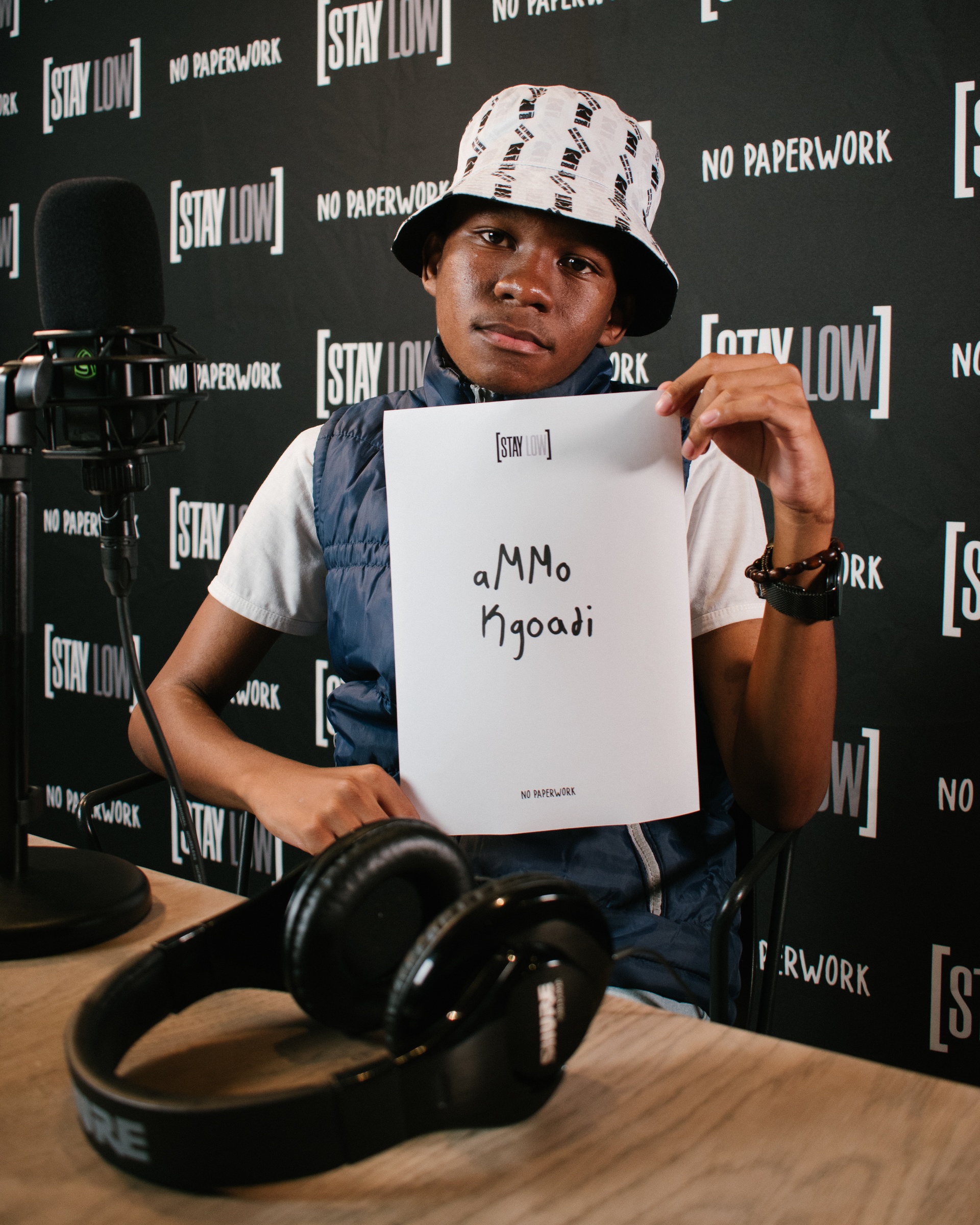
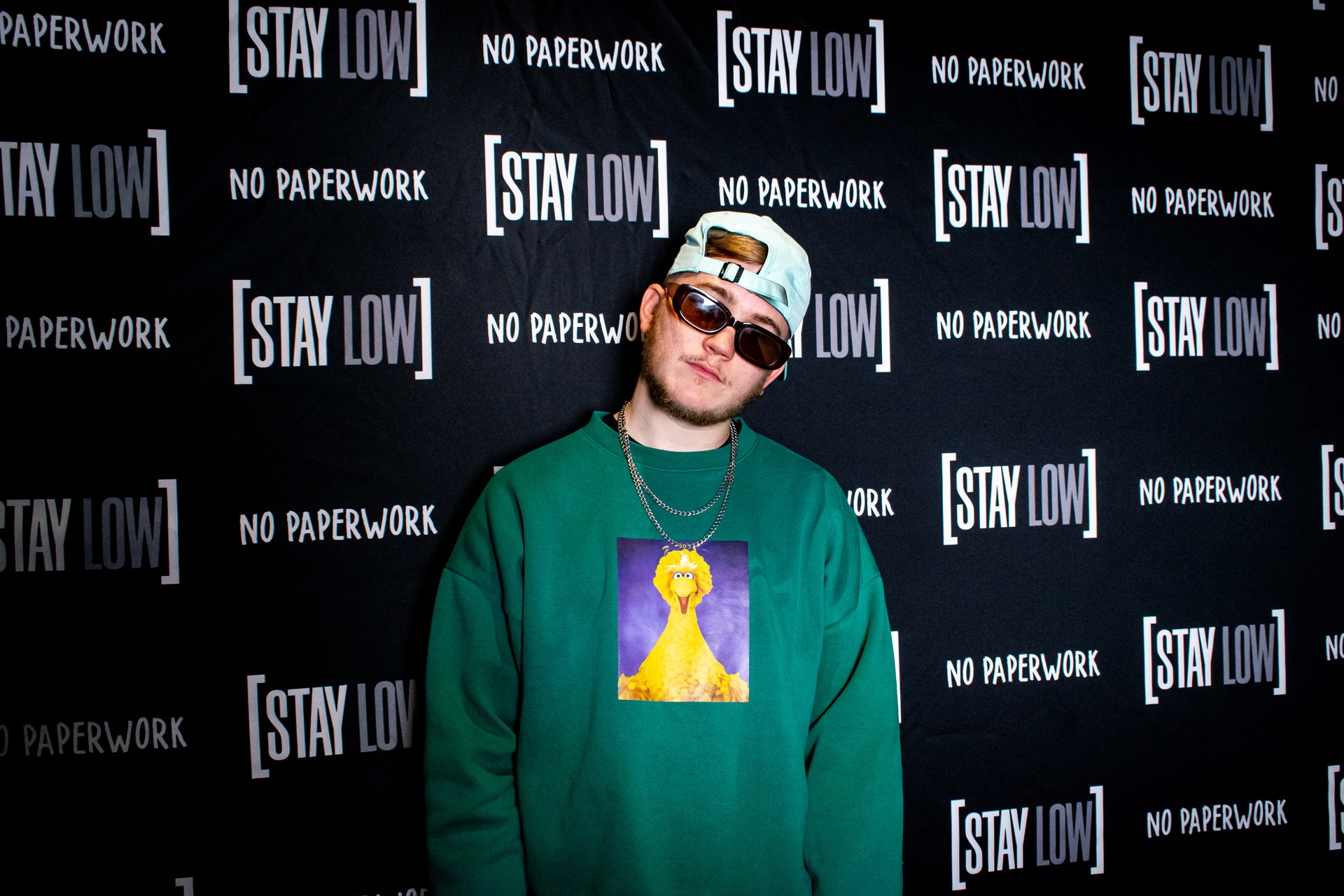

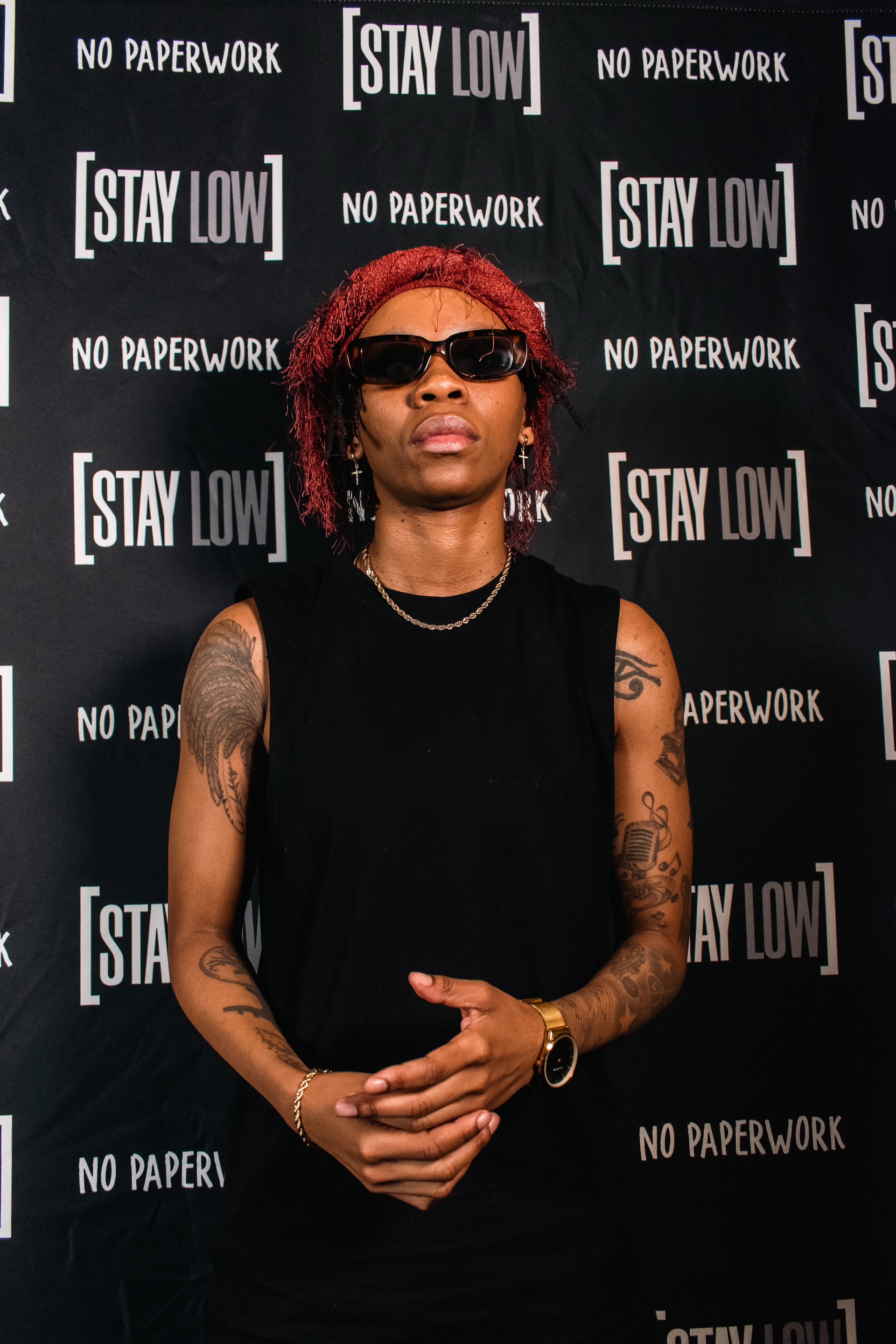

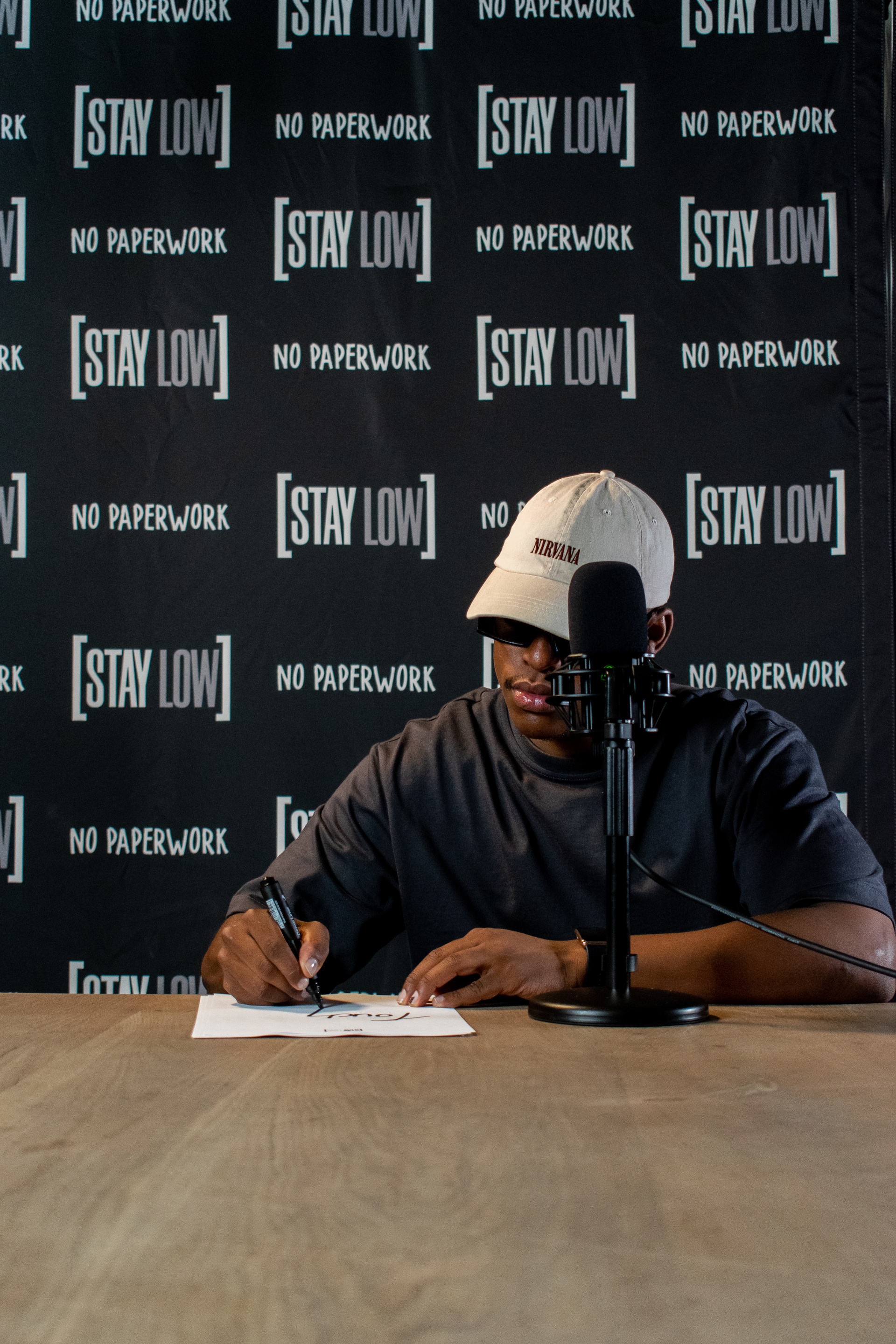
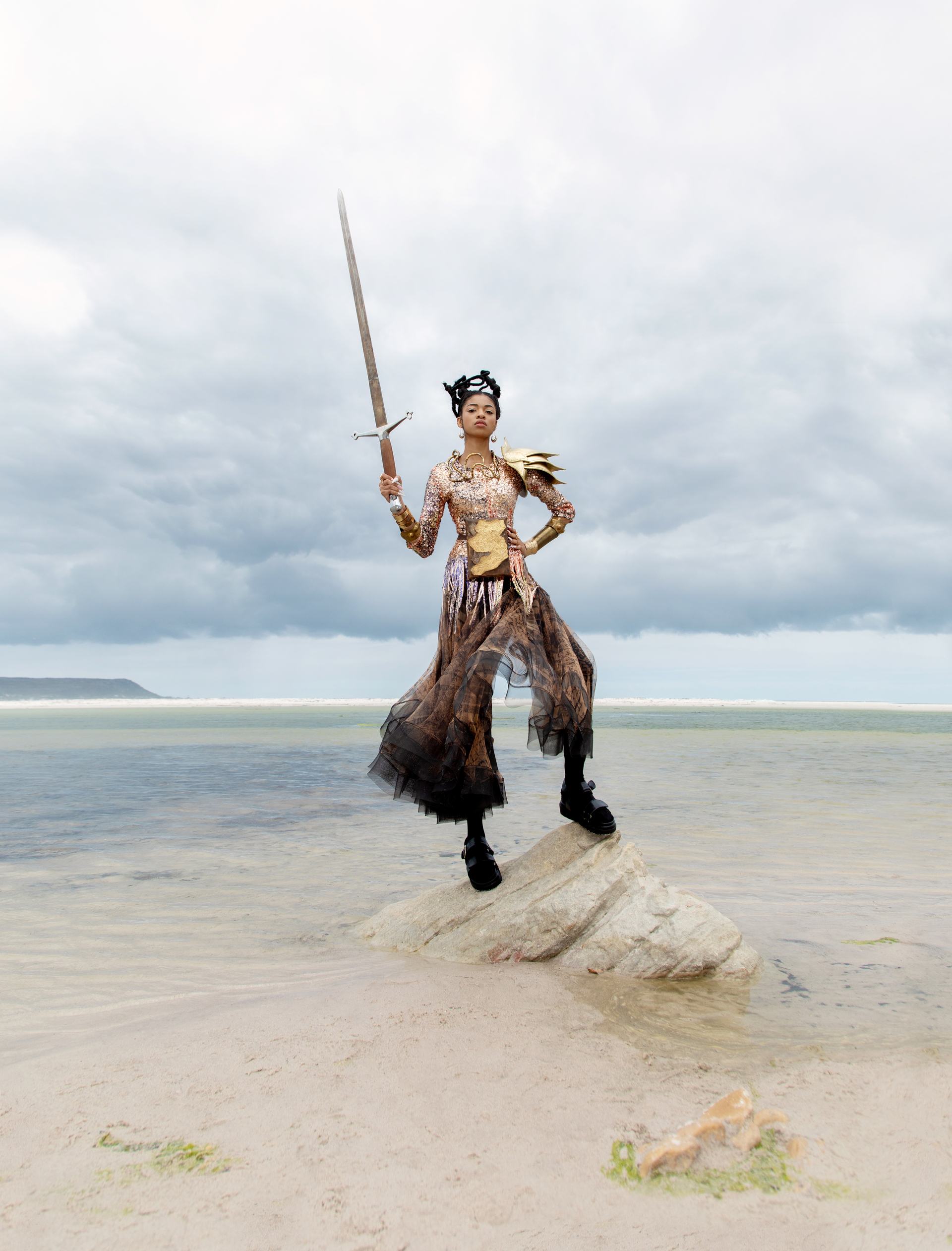
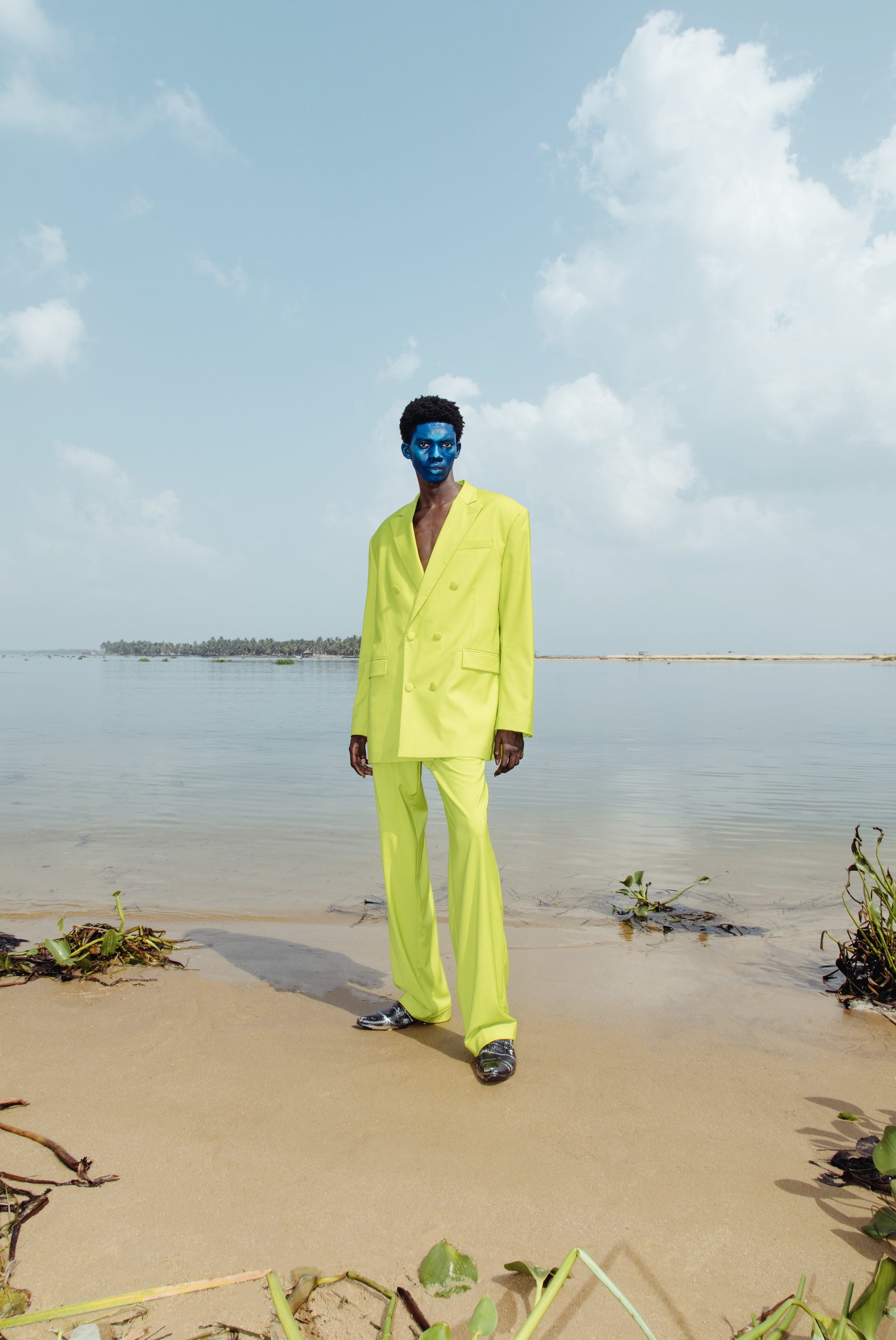
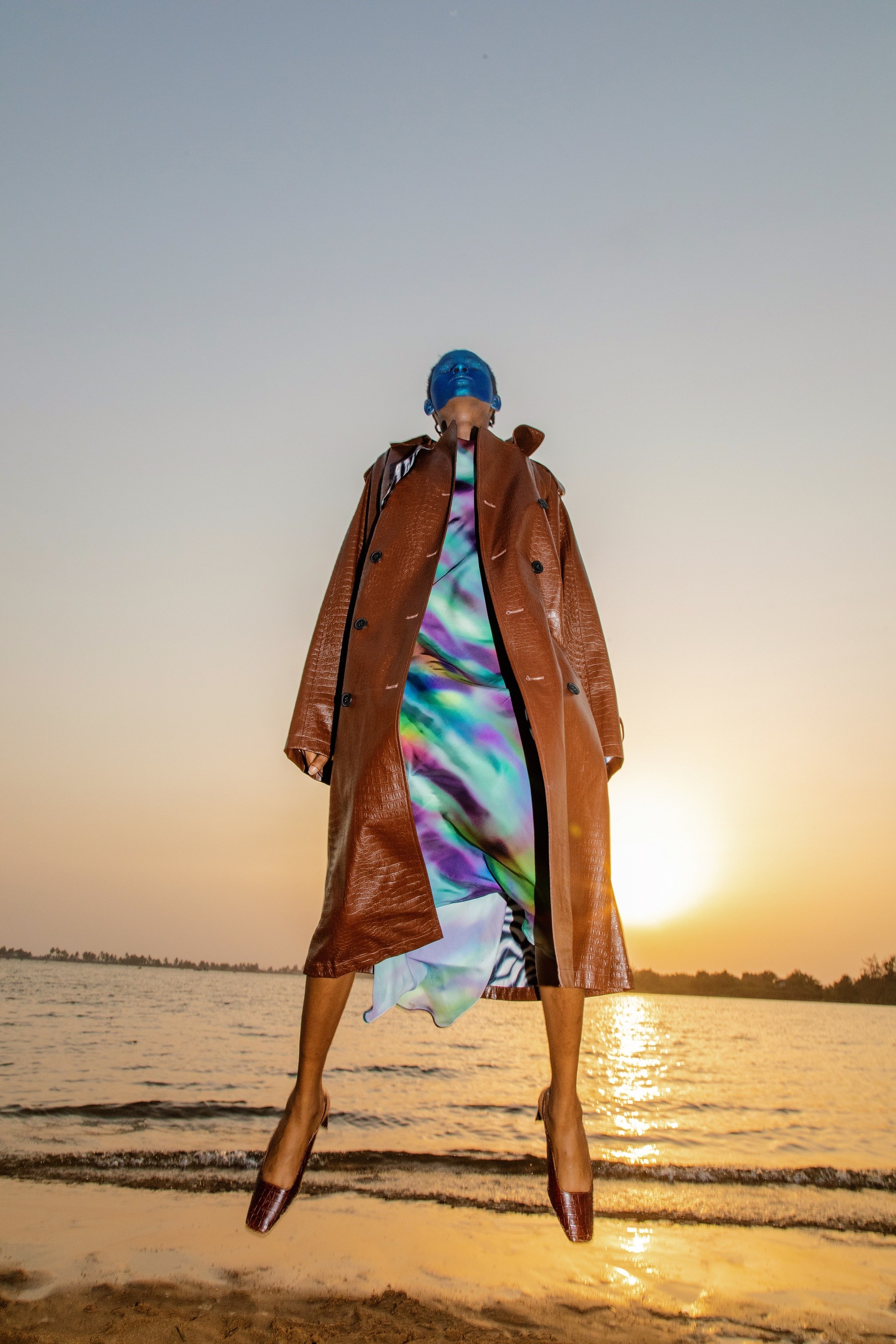


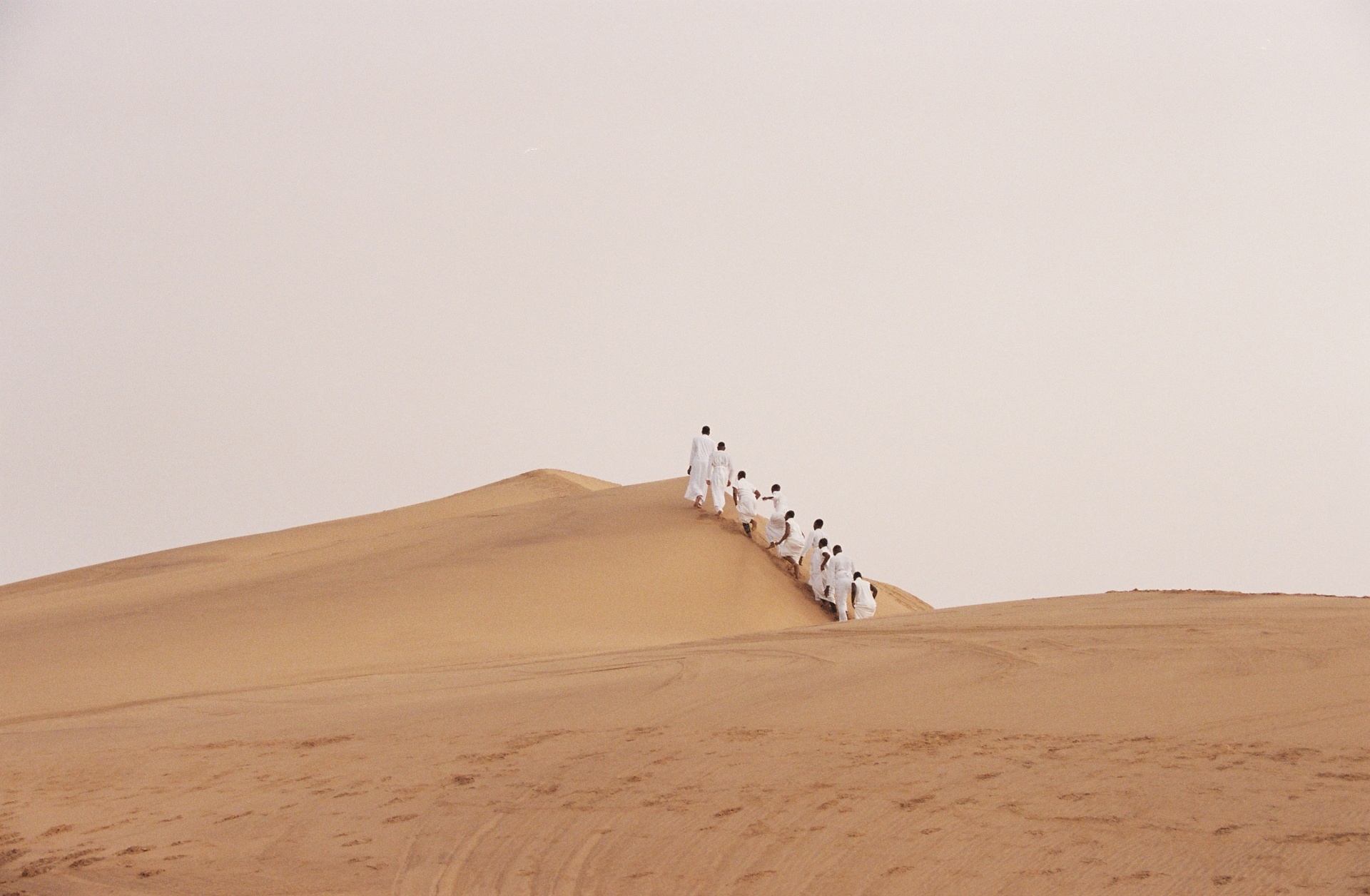
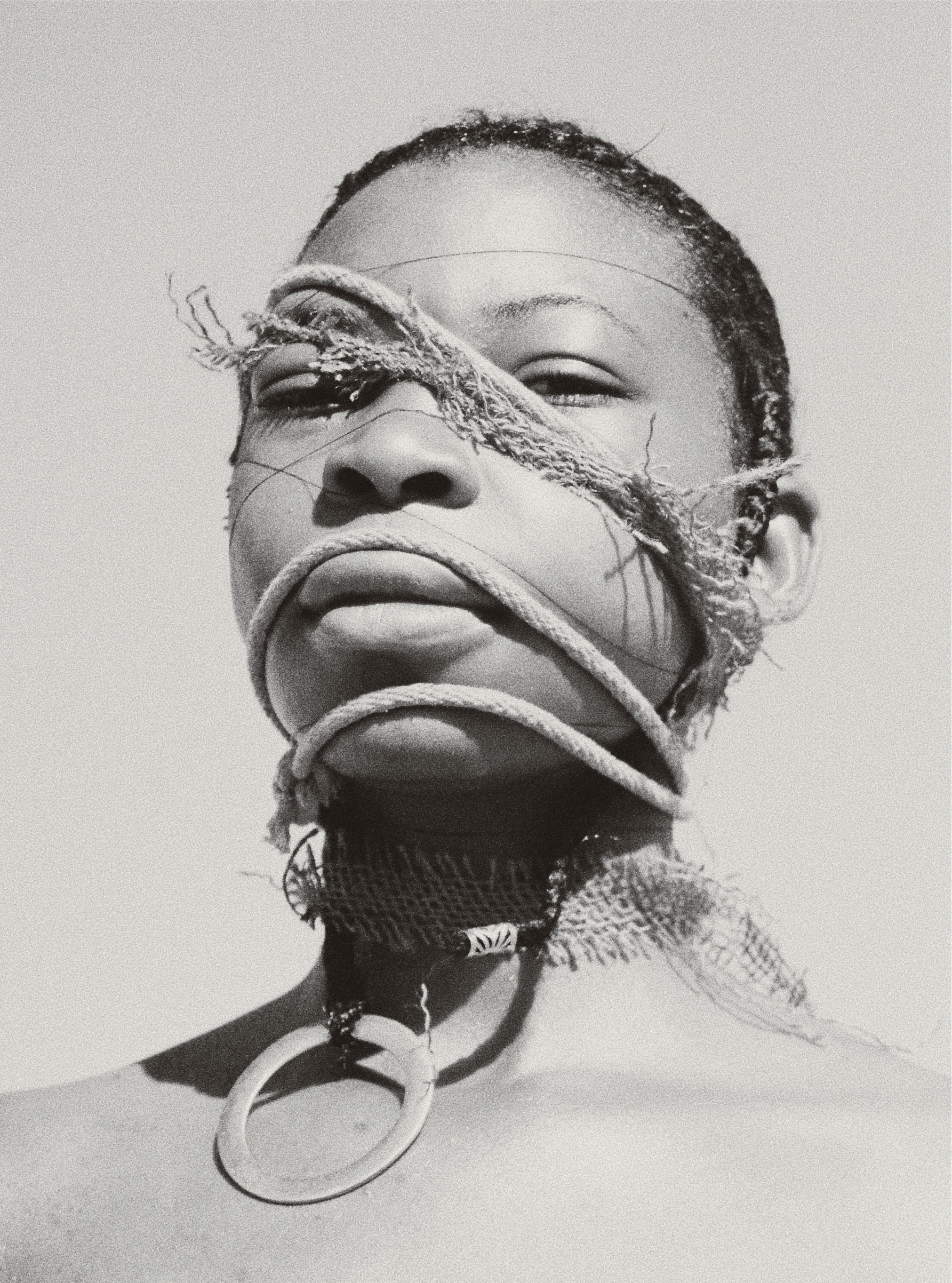


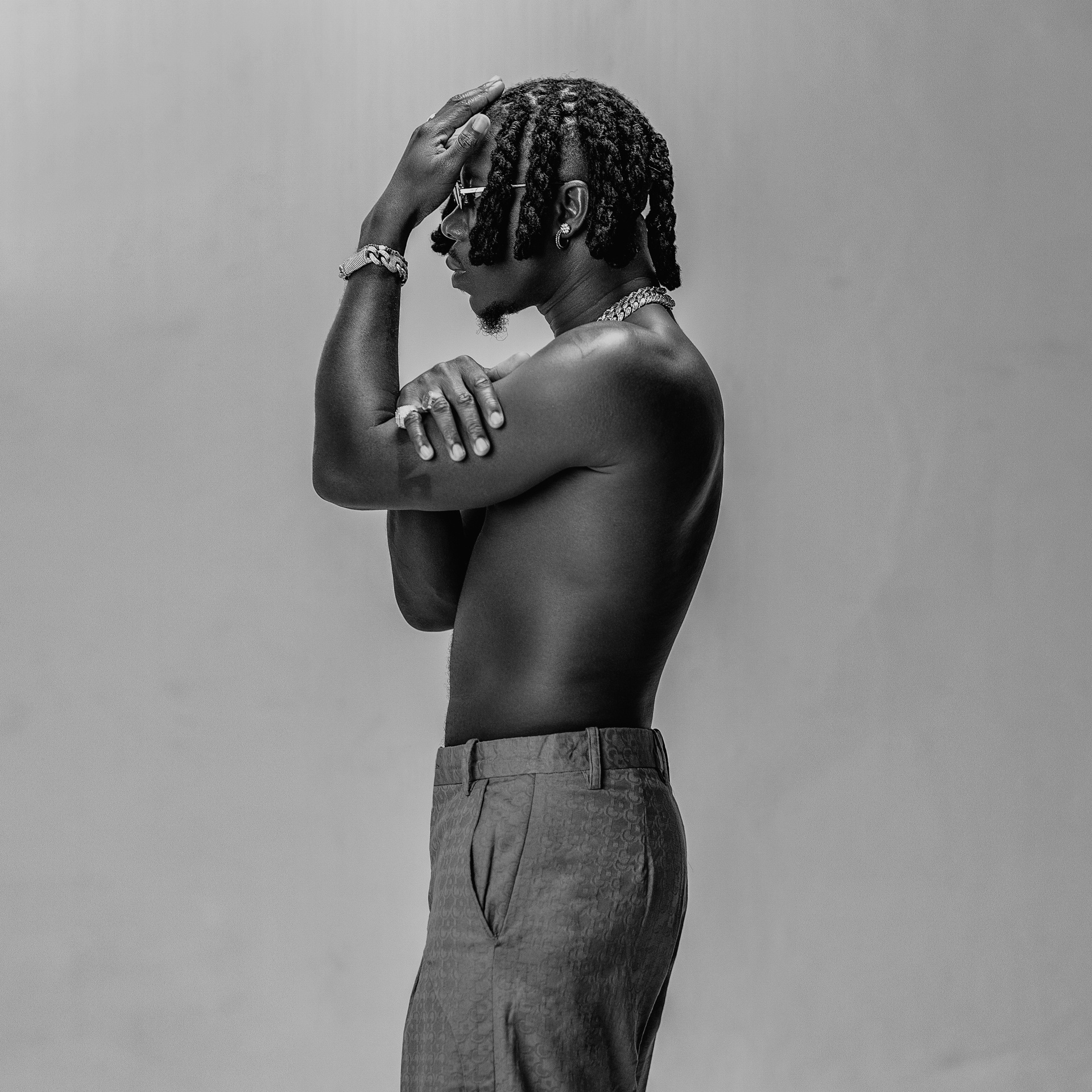
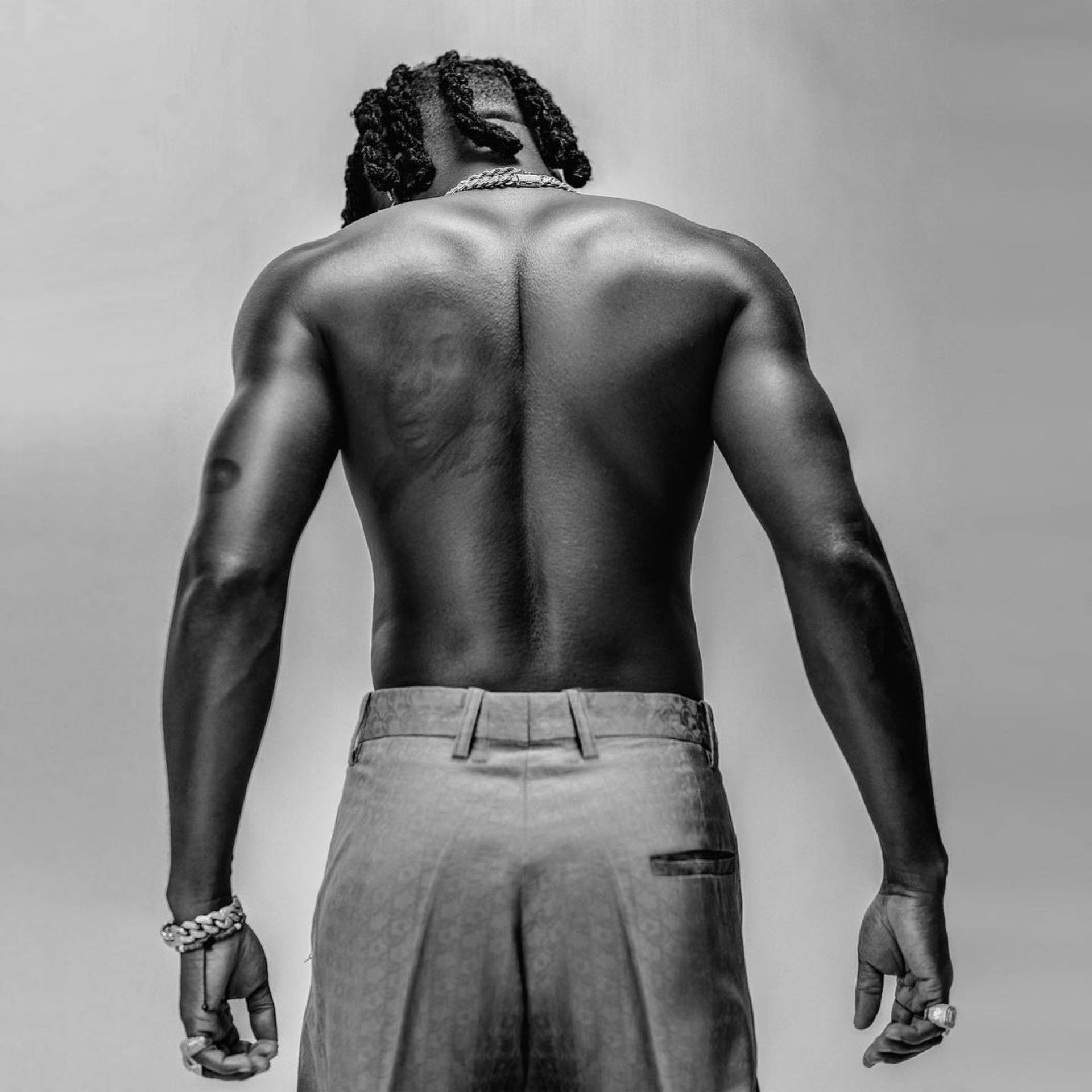
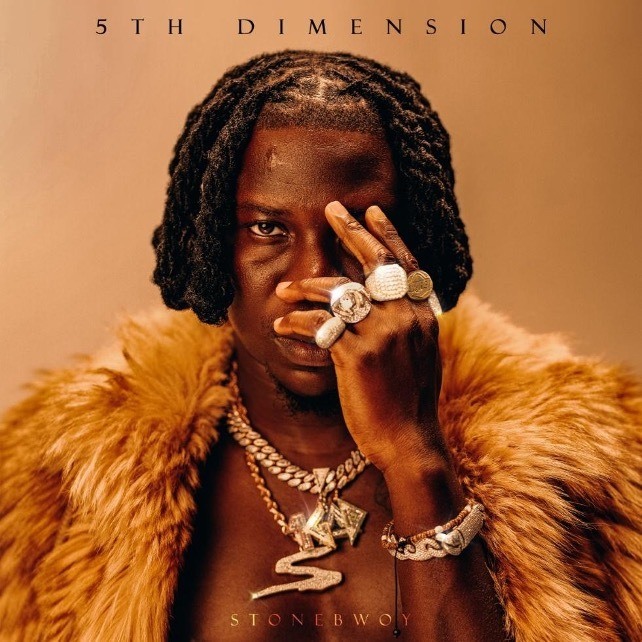
Recent Comments